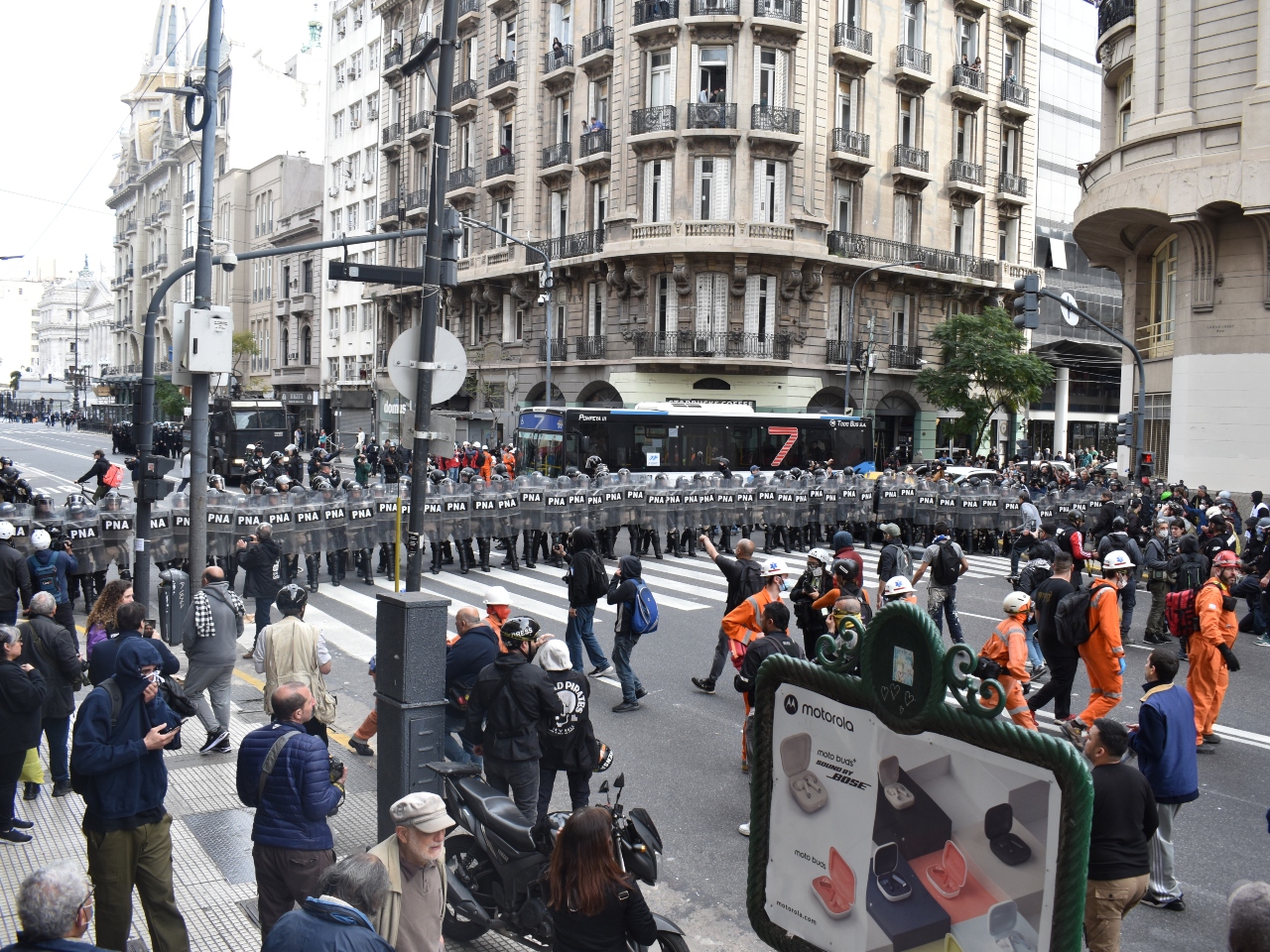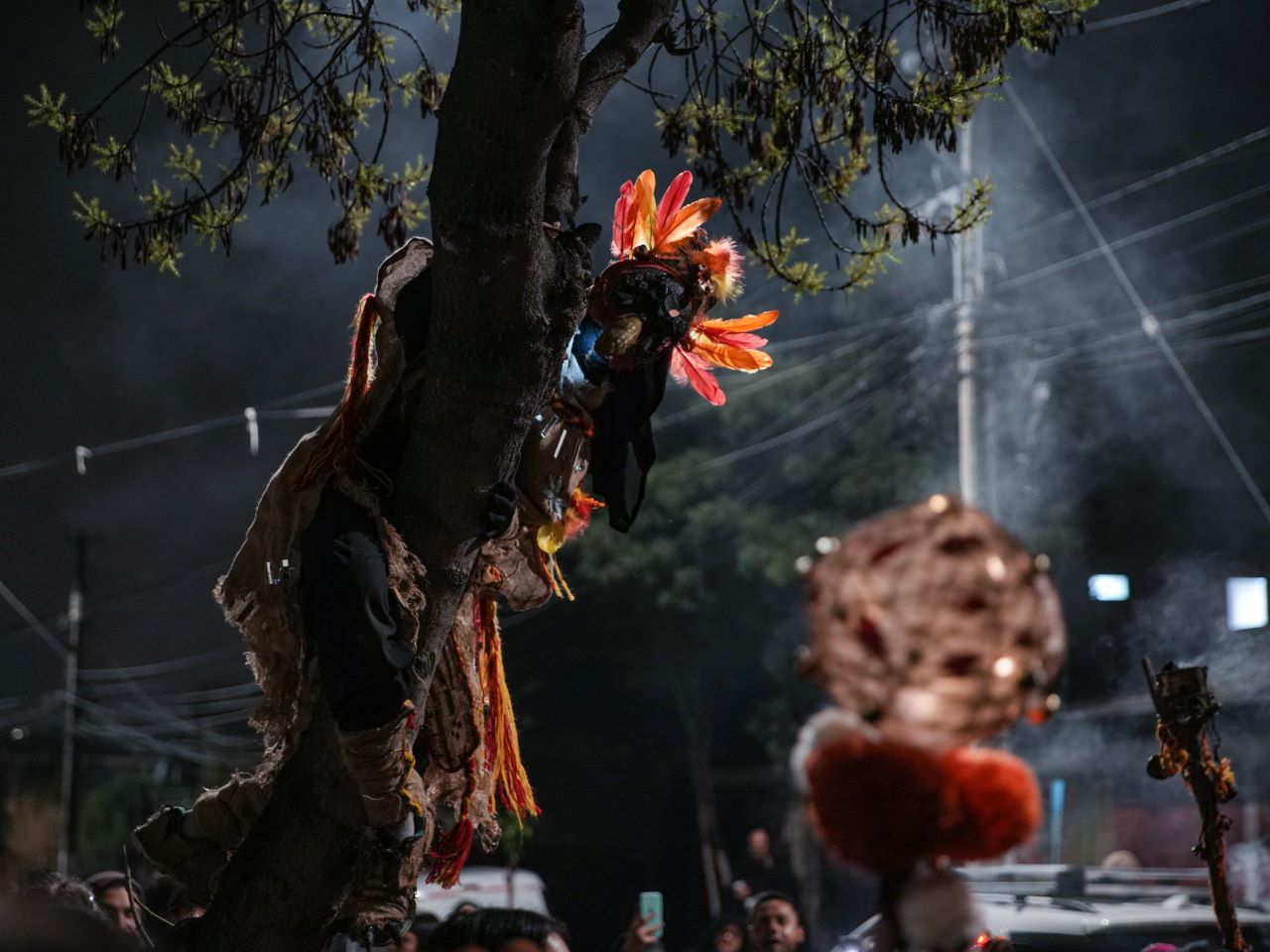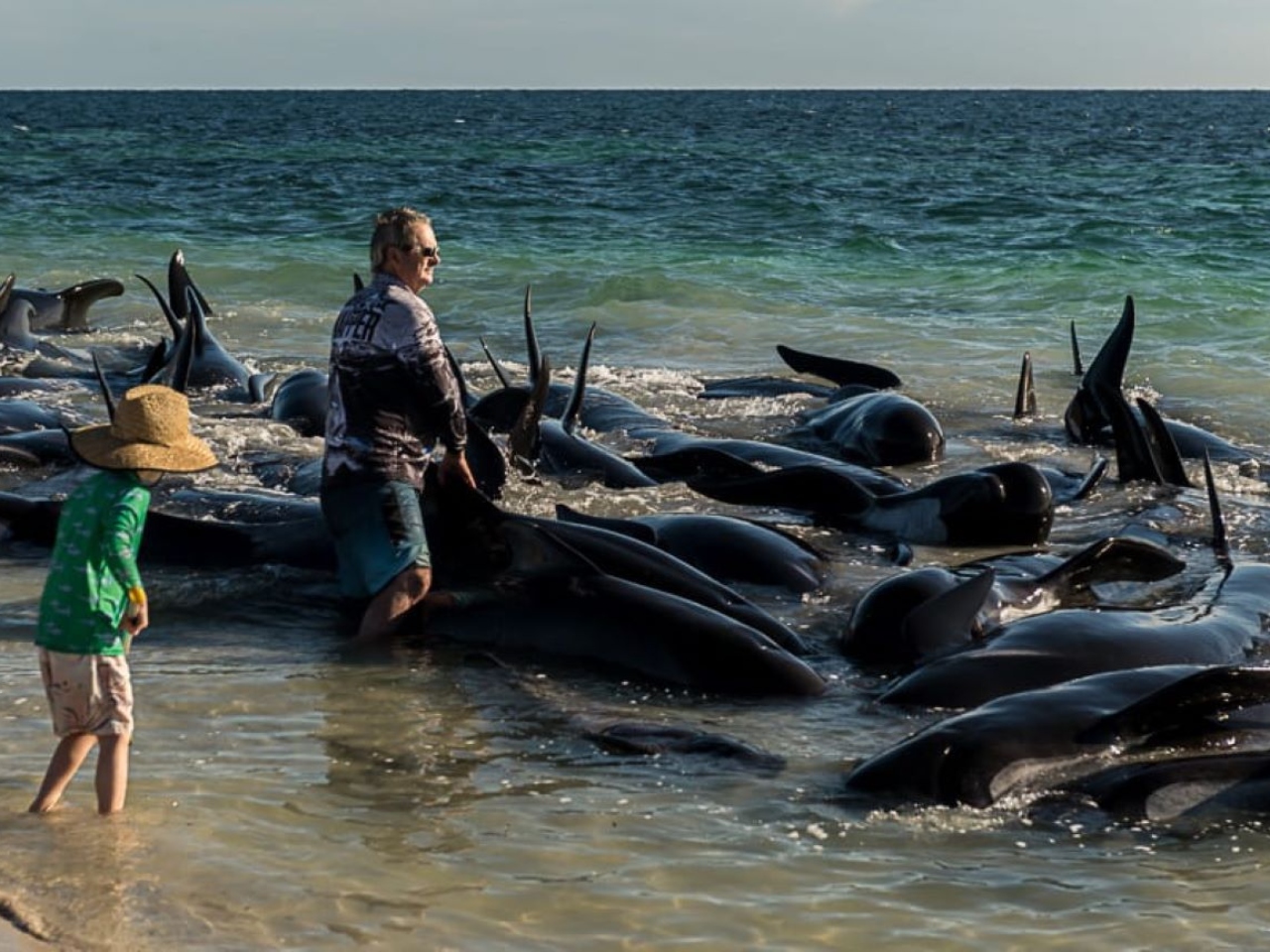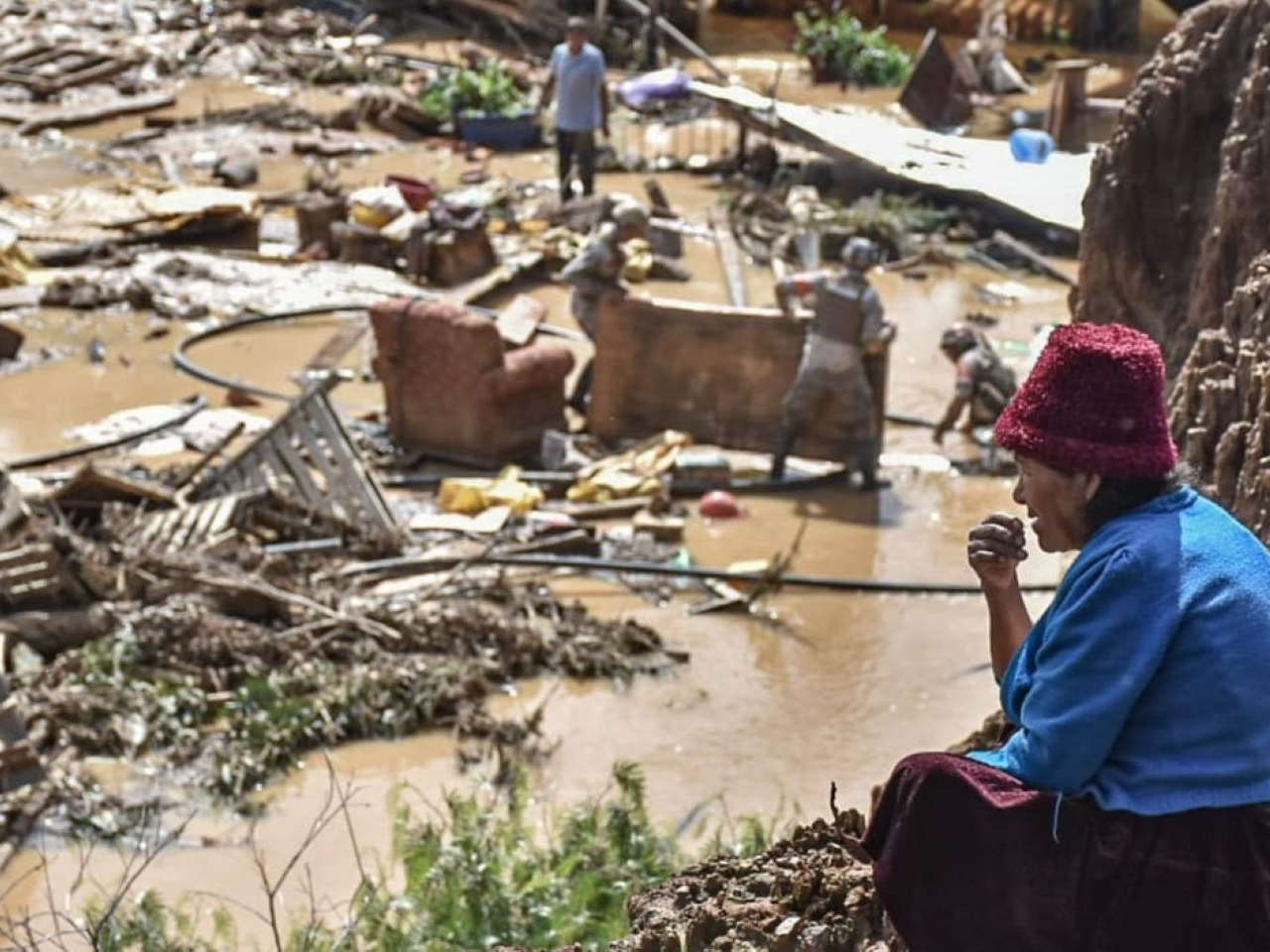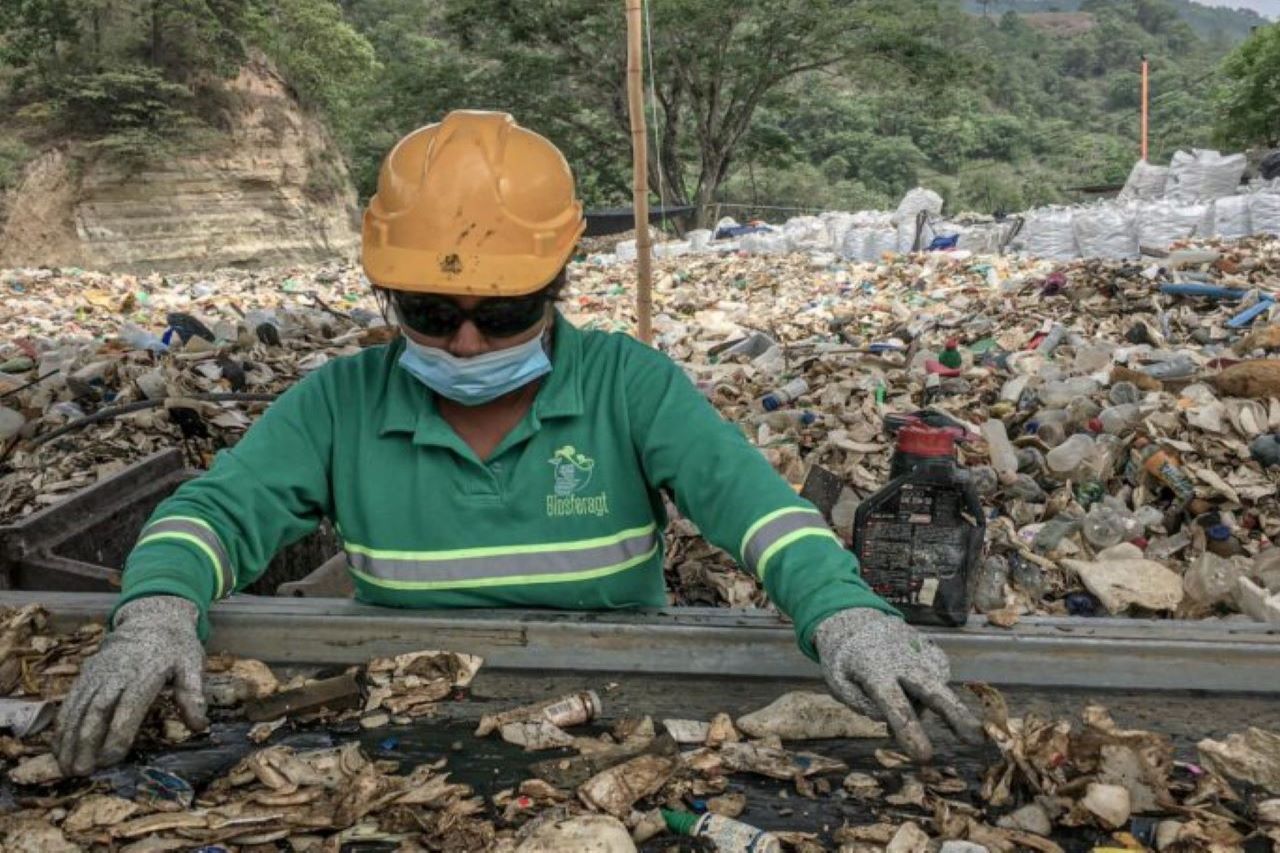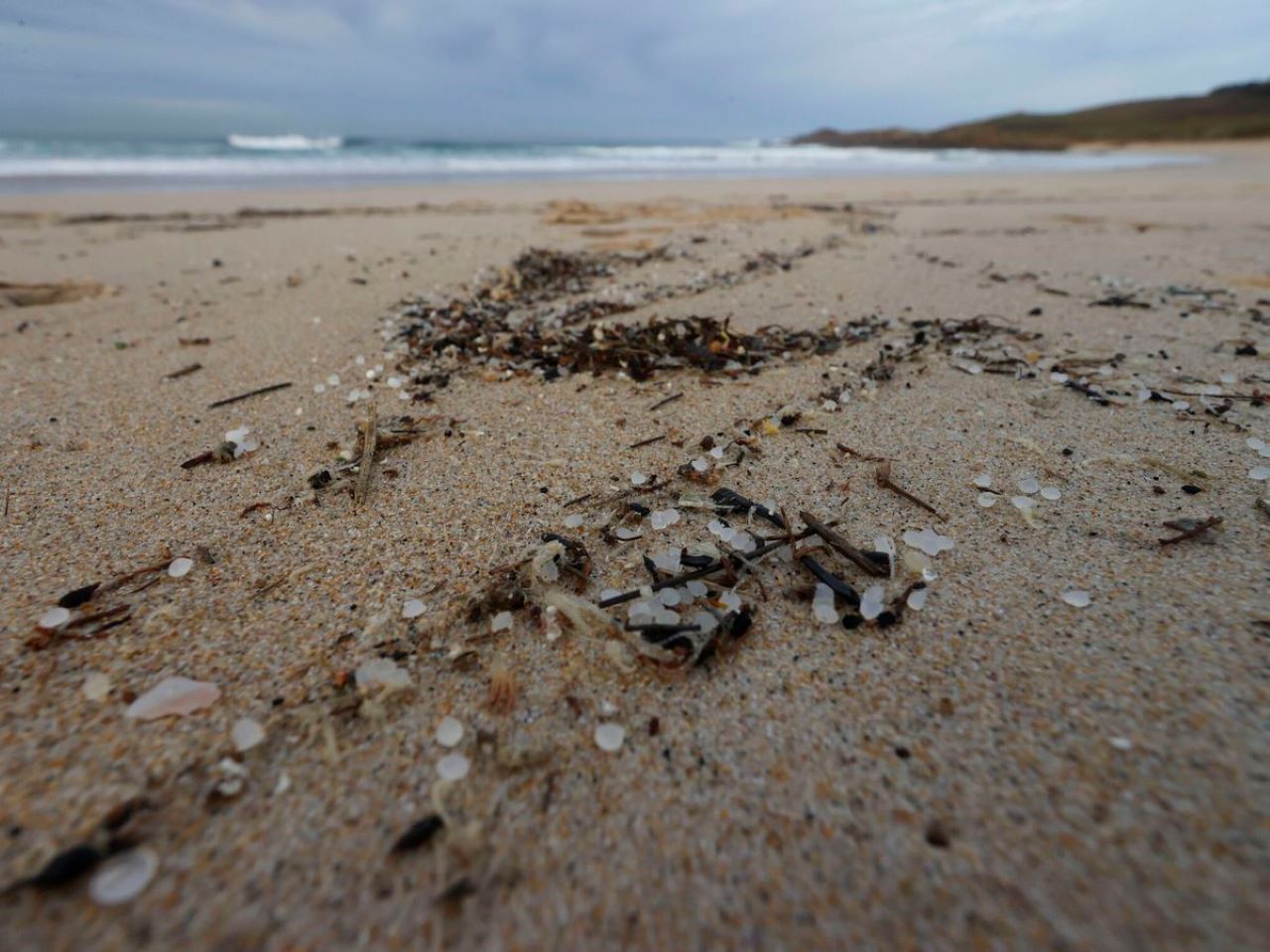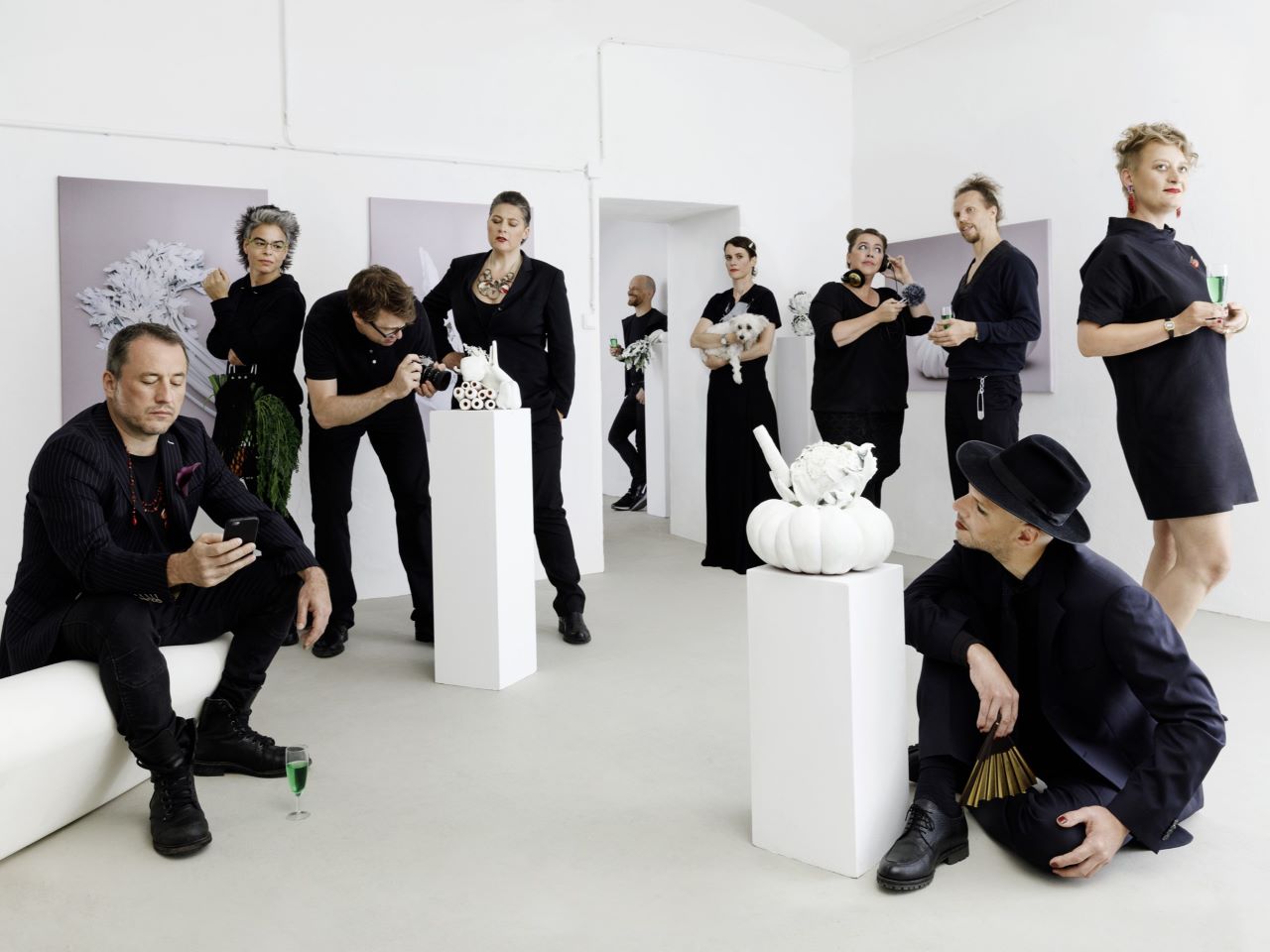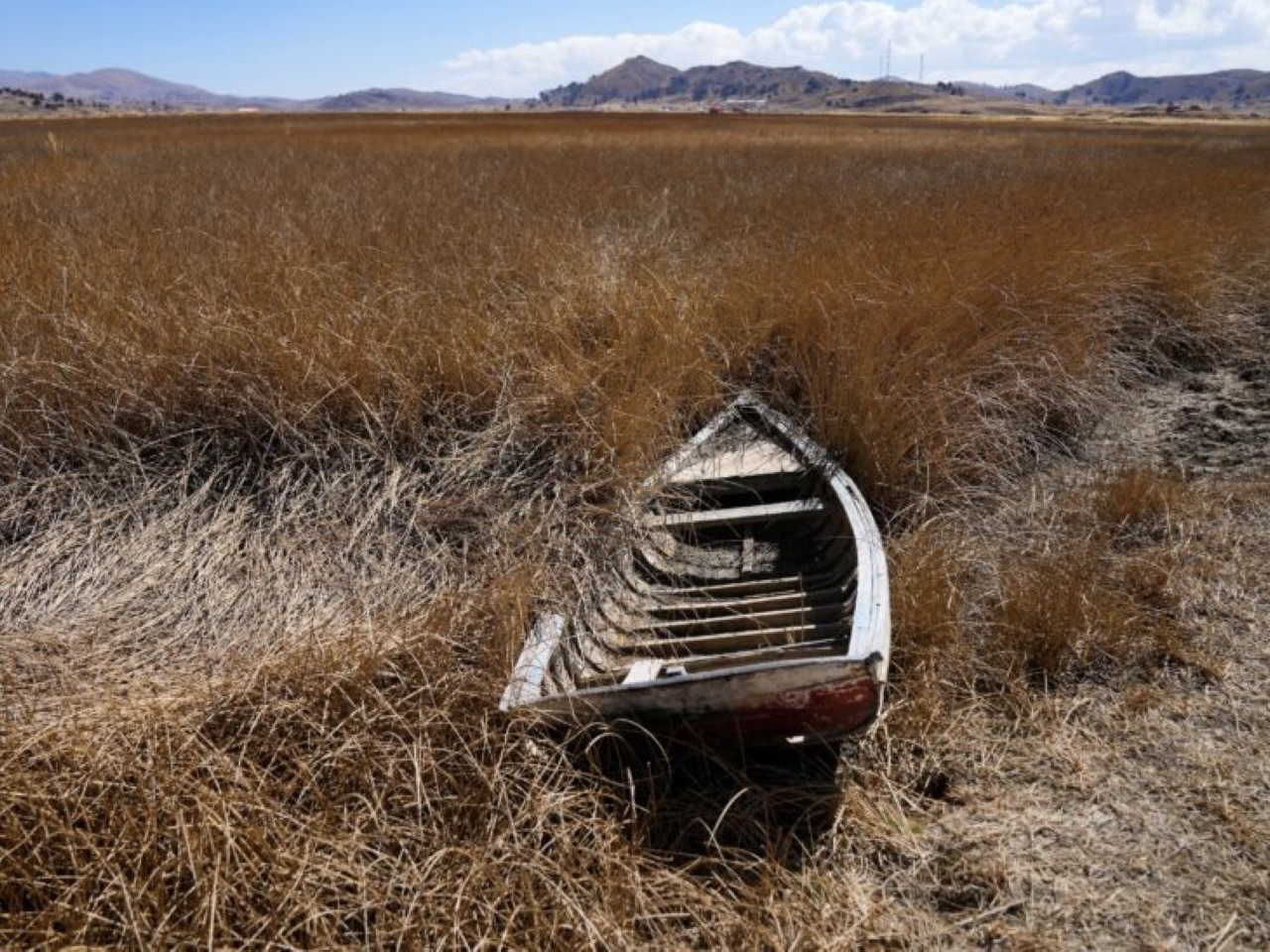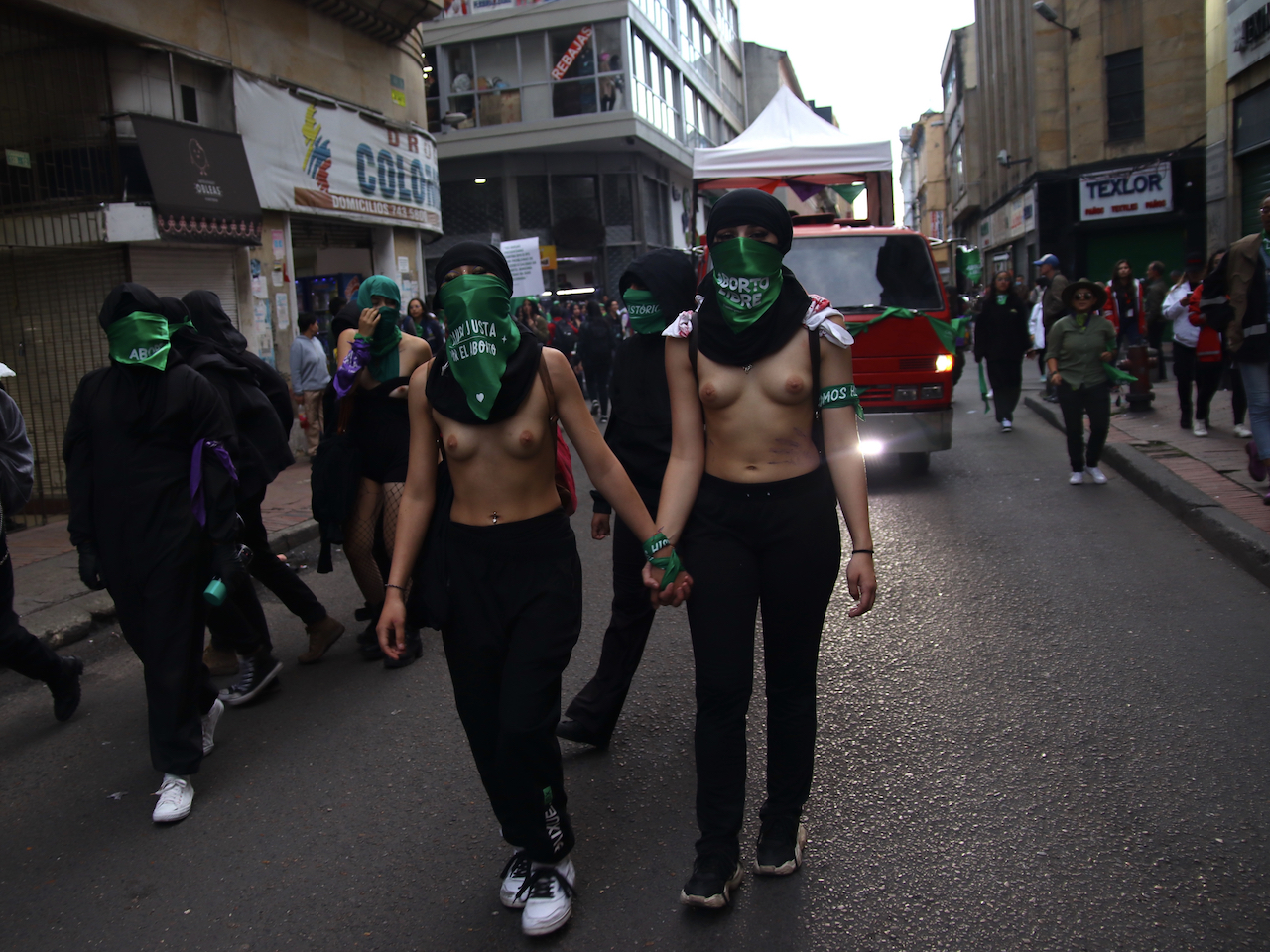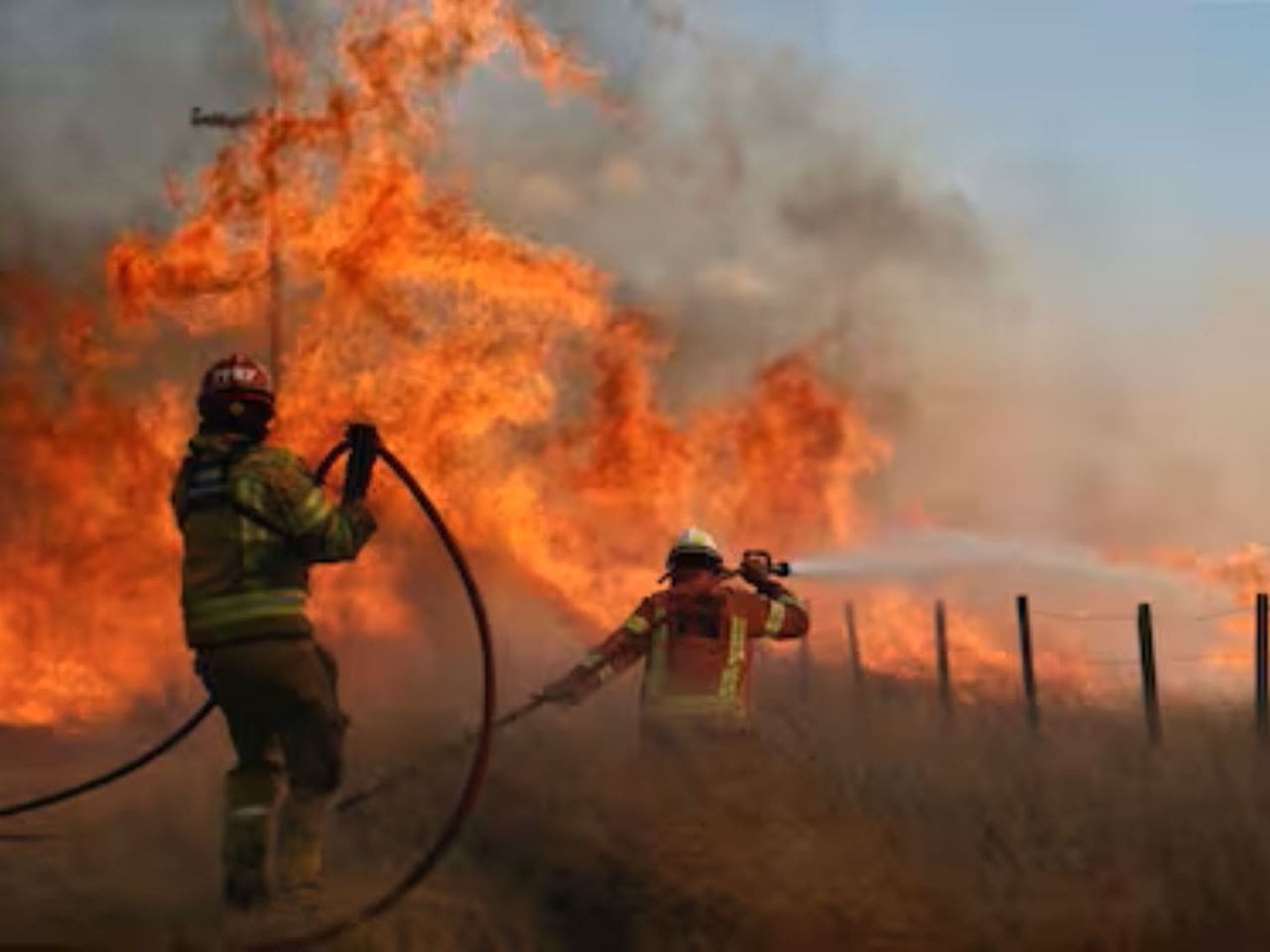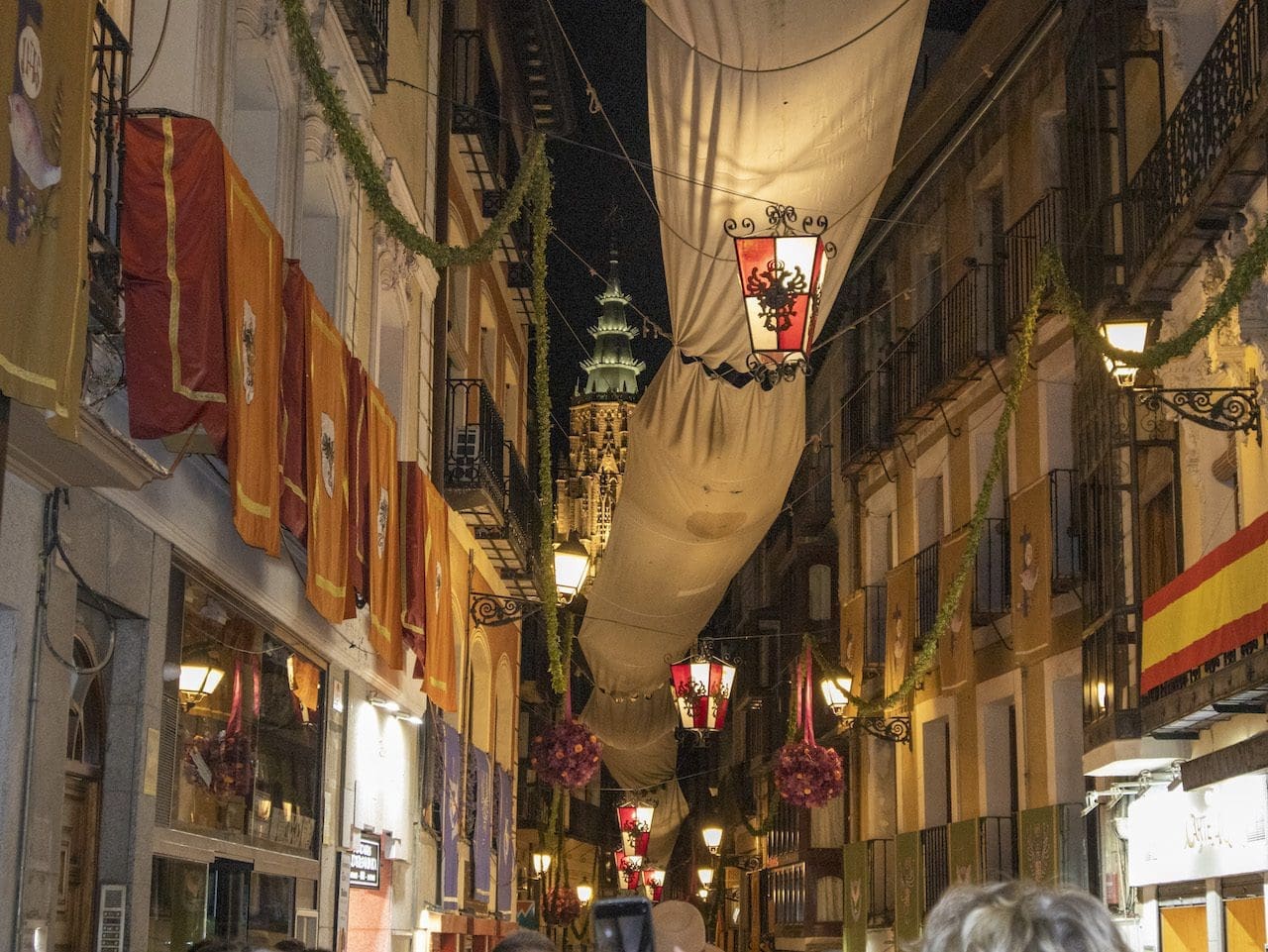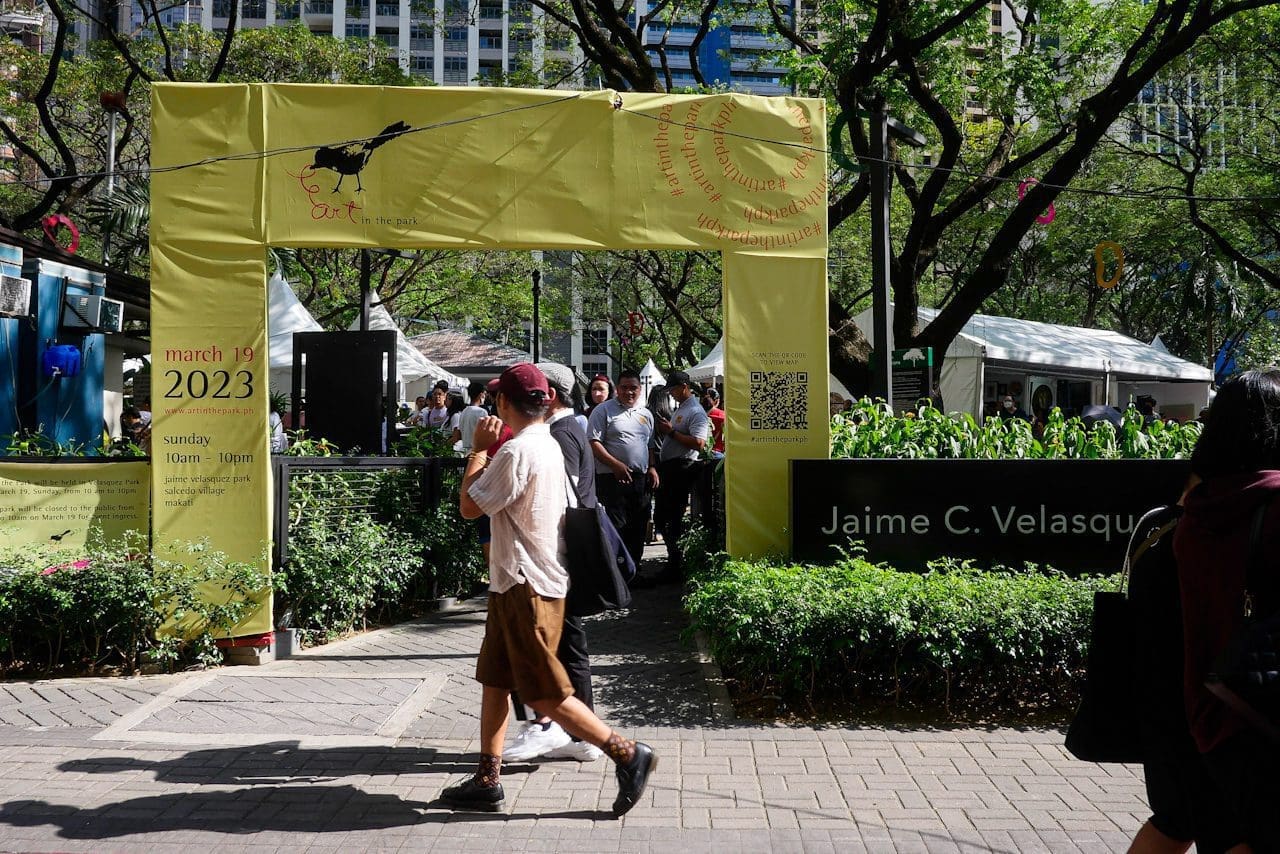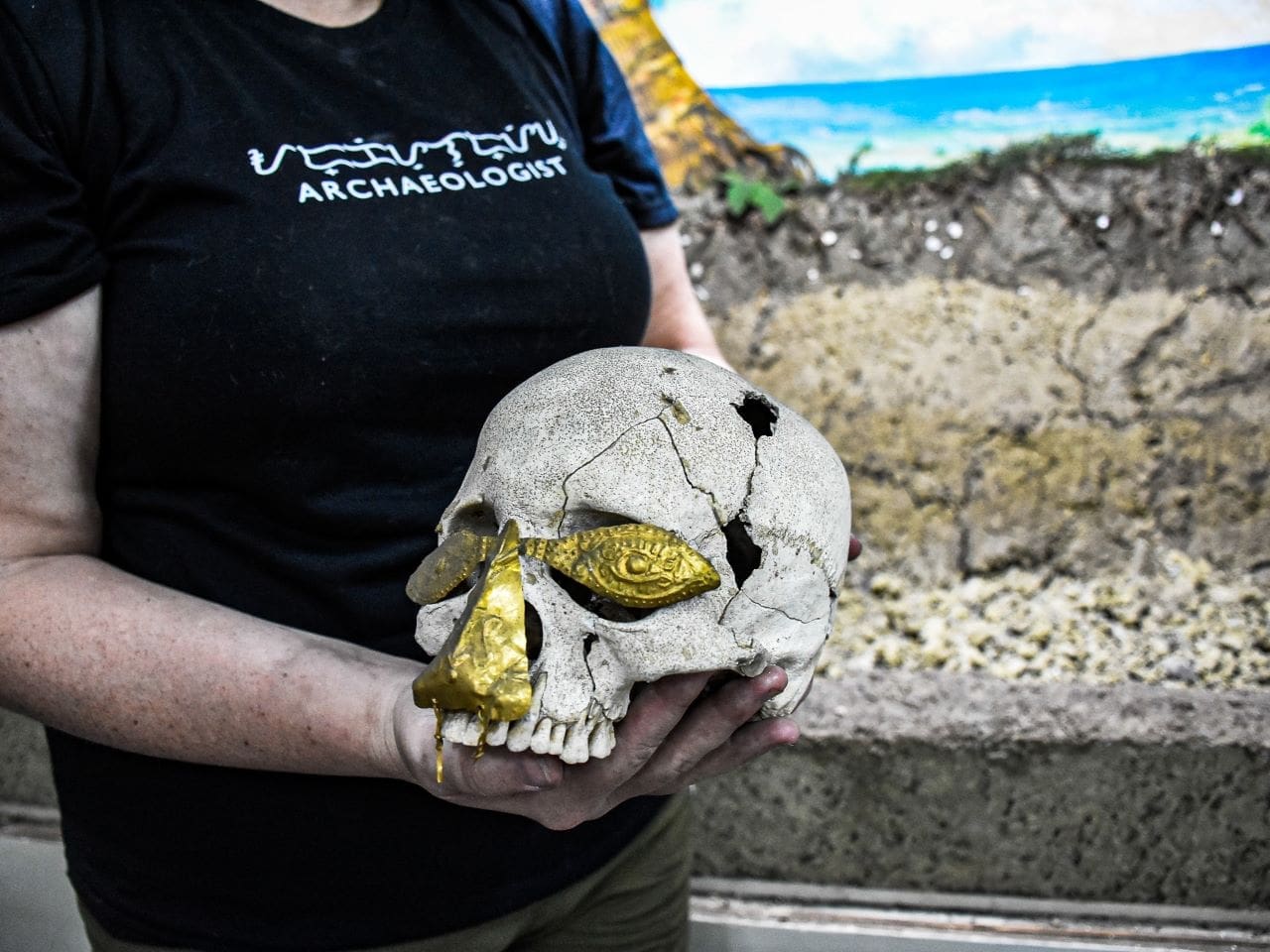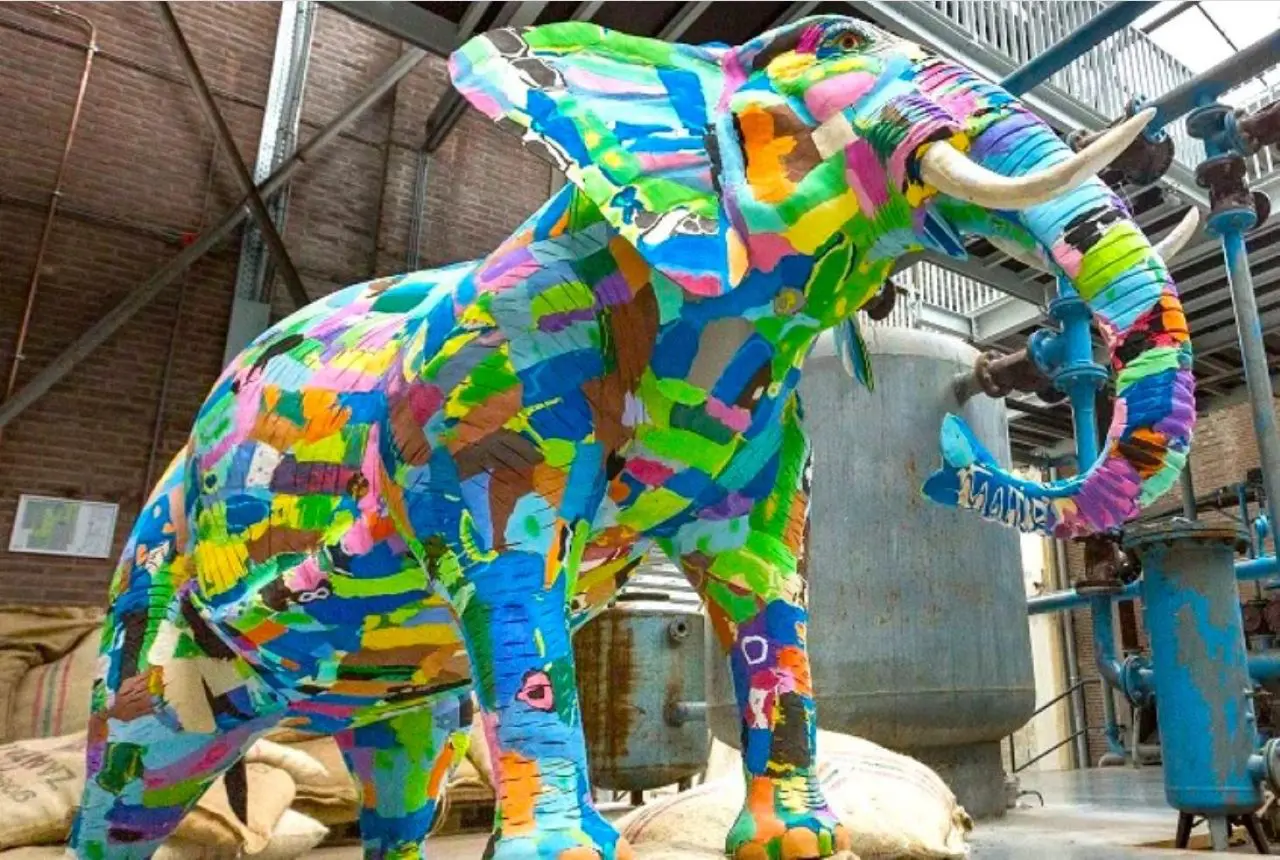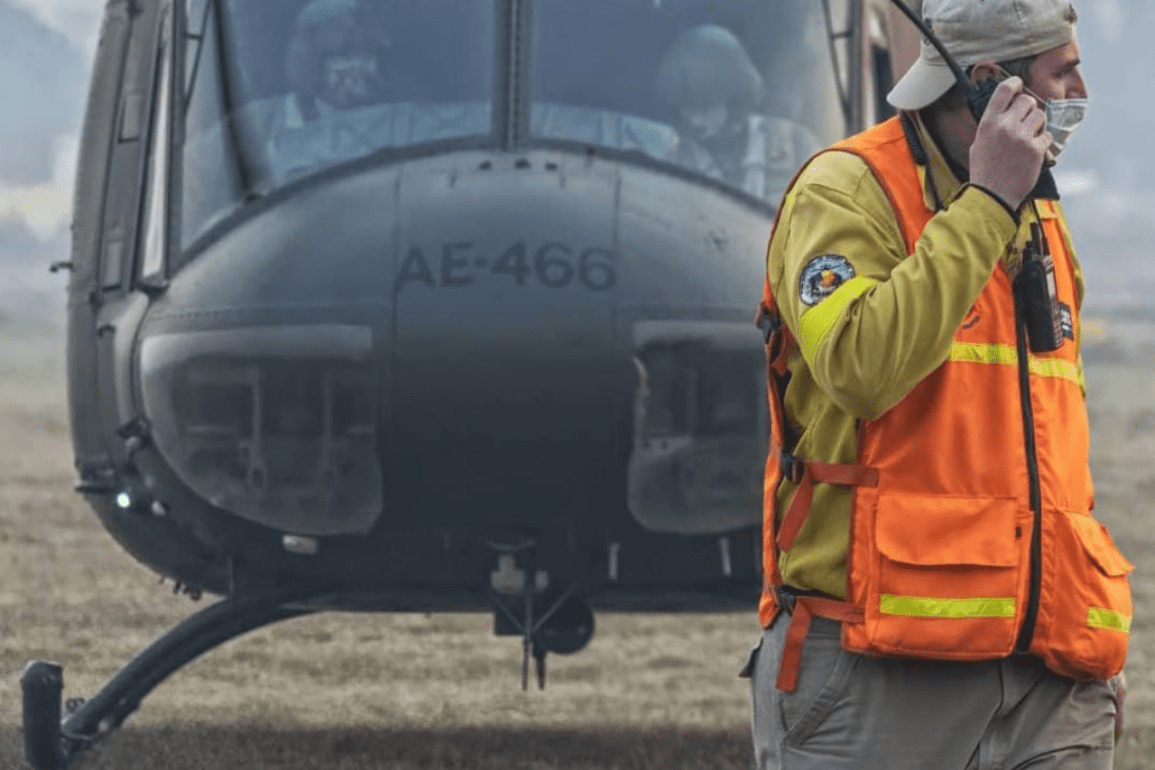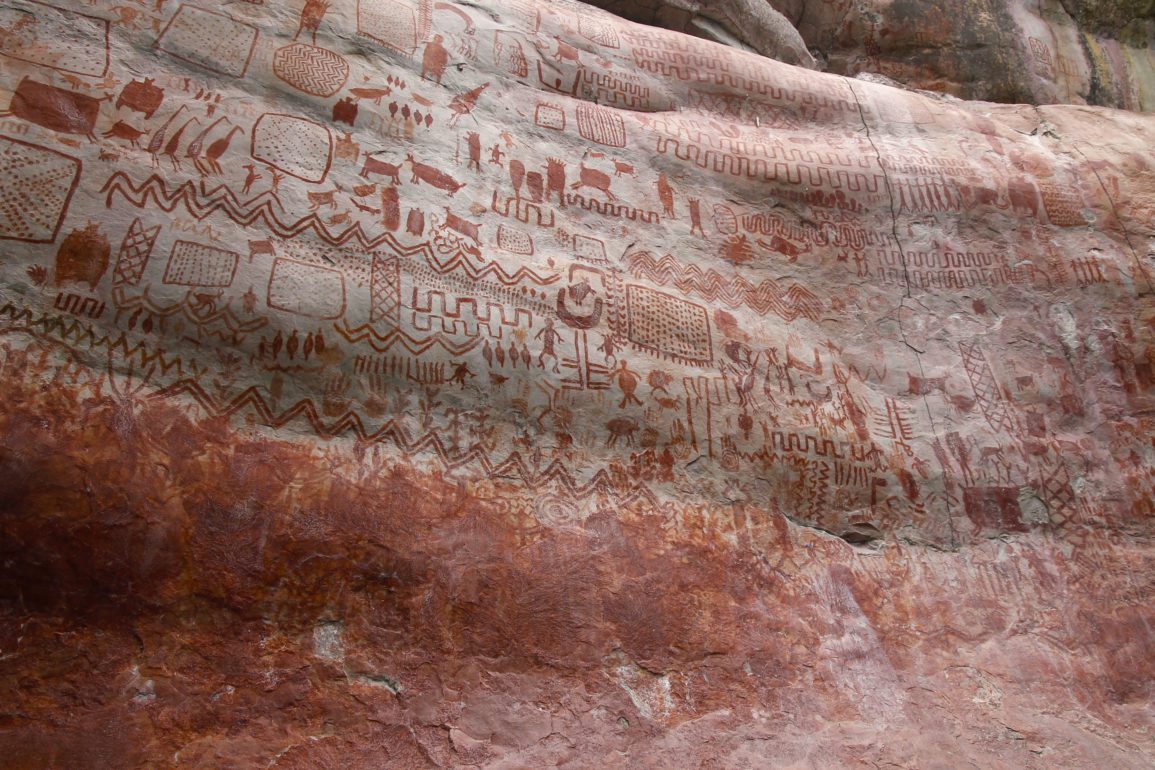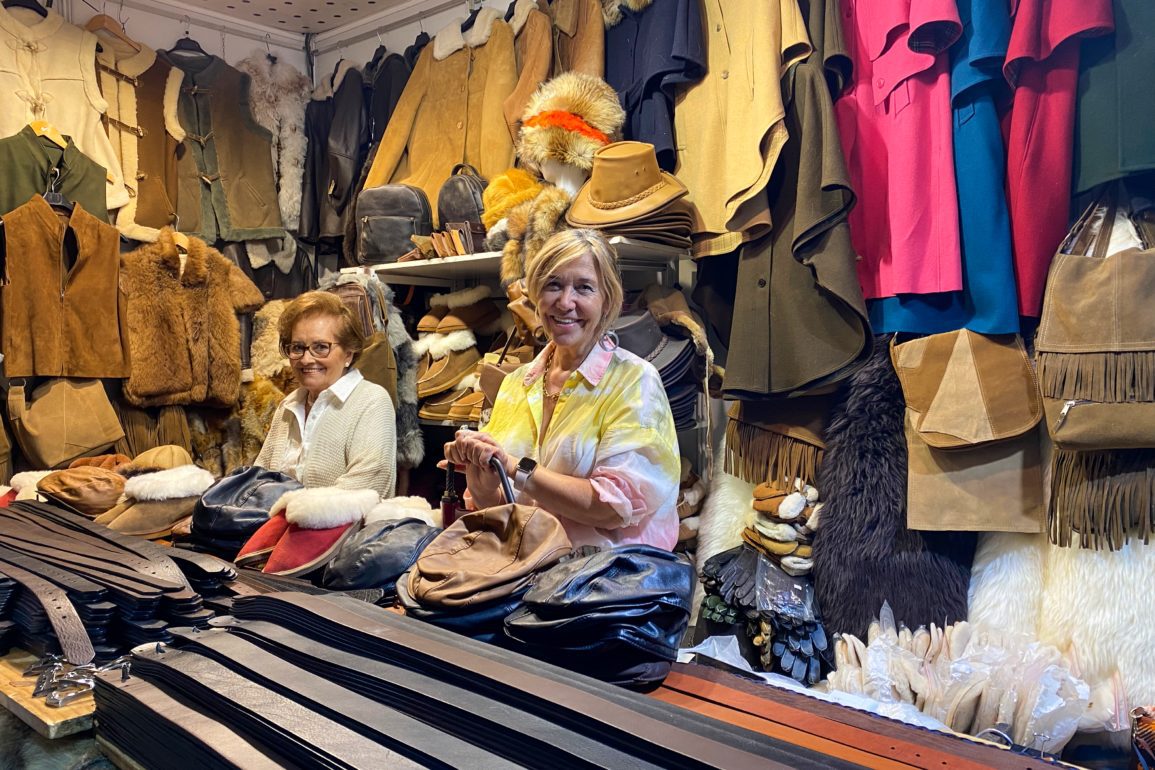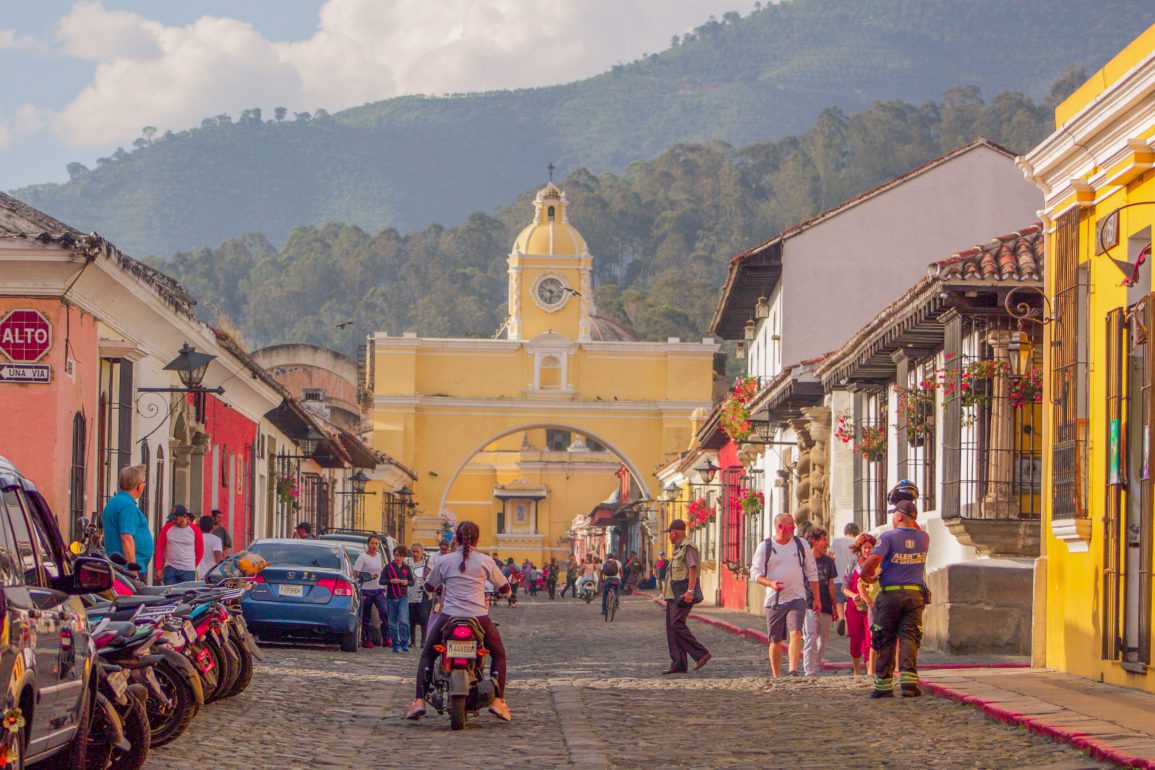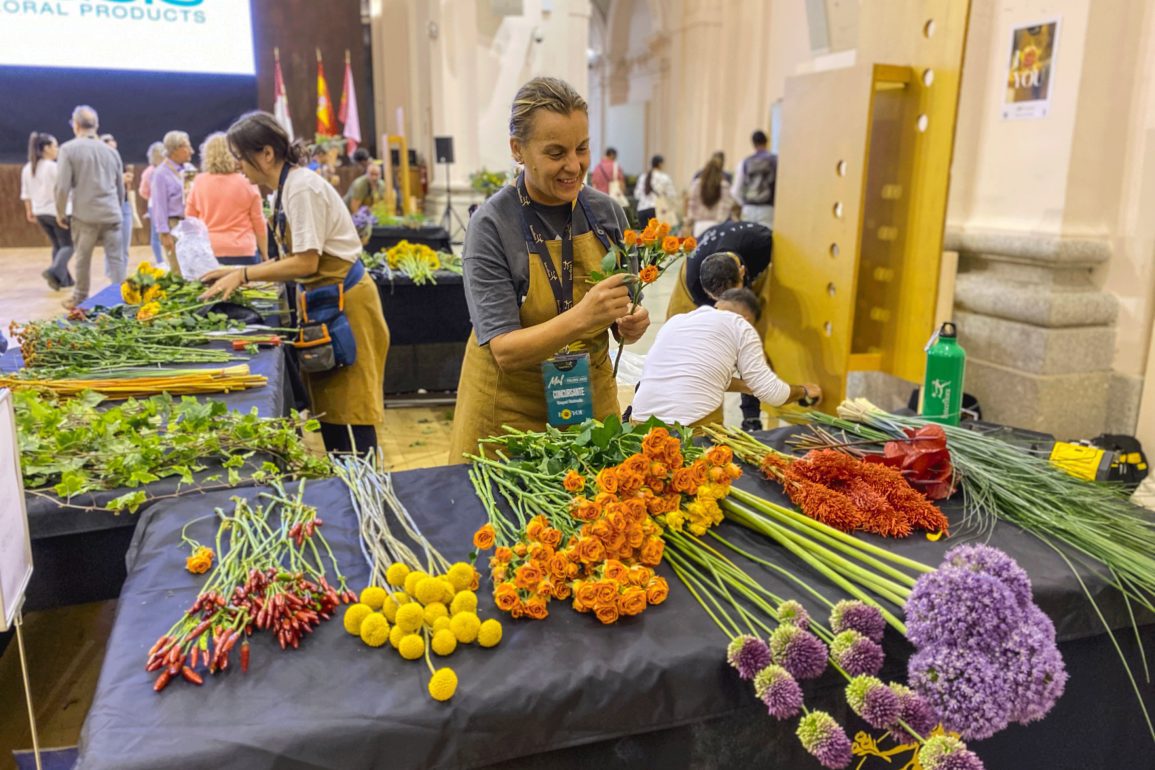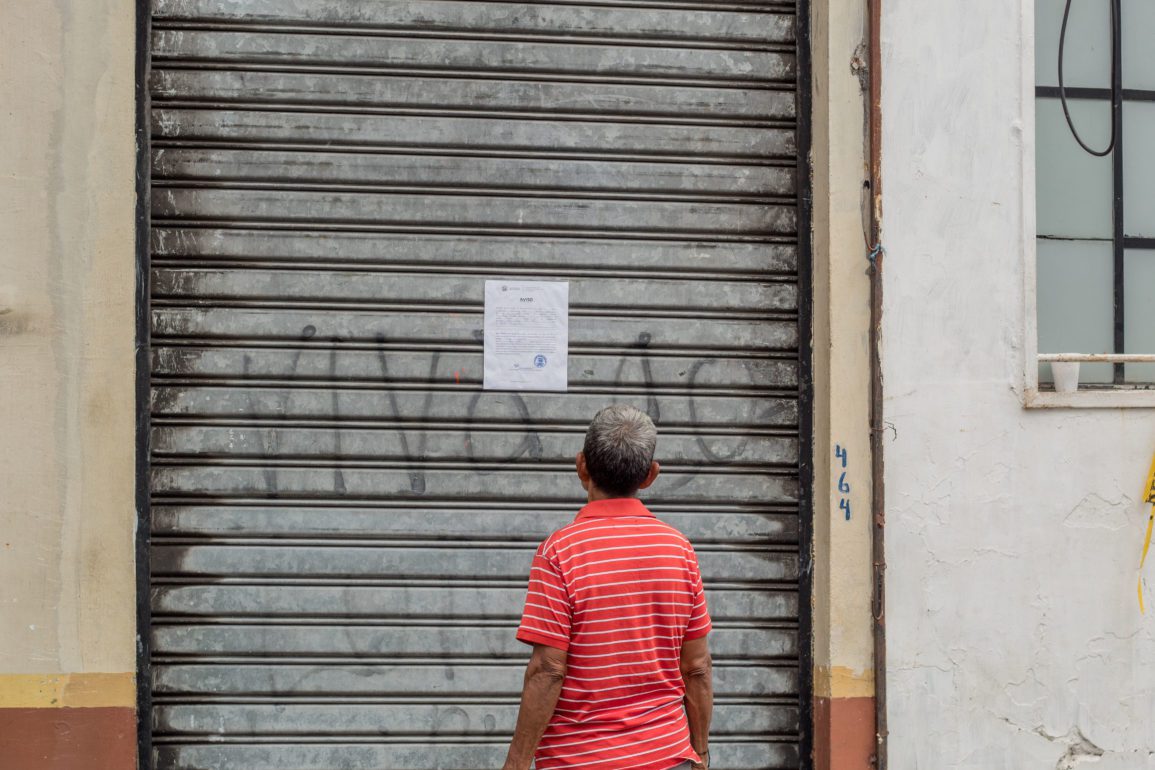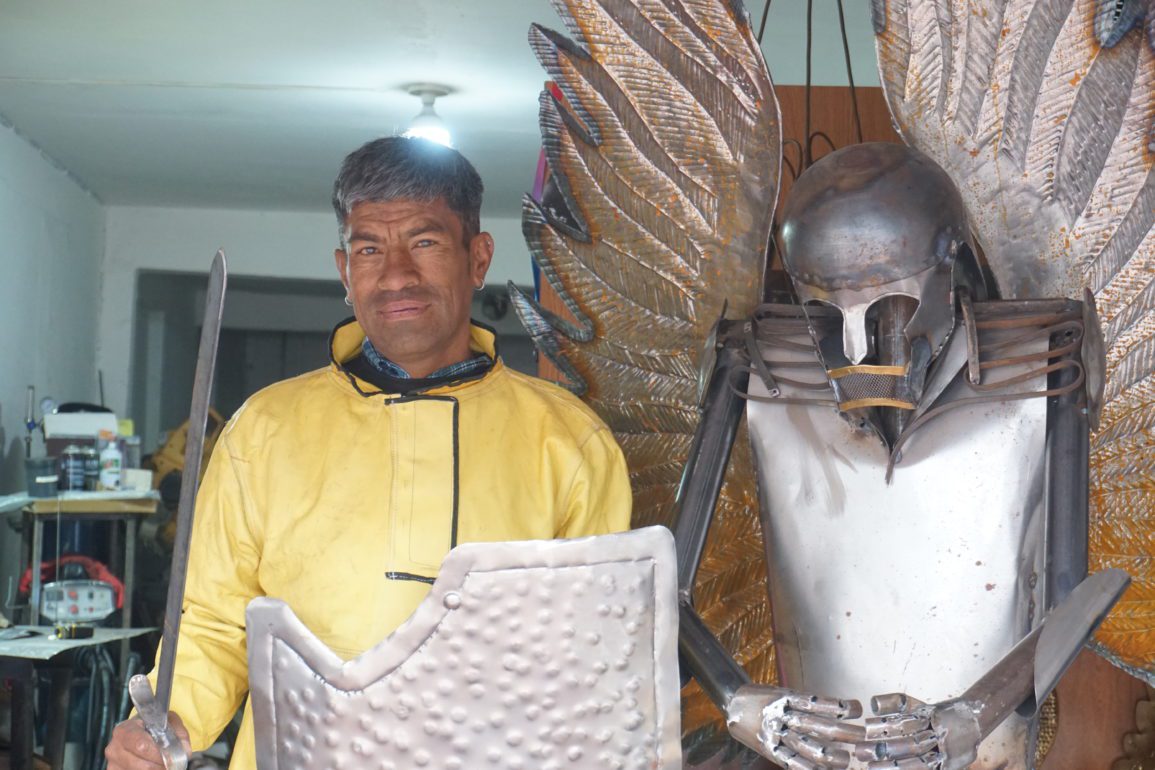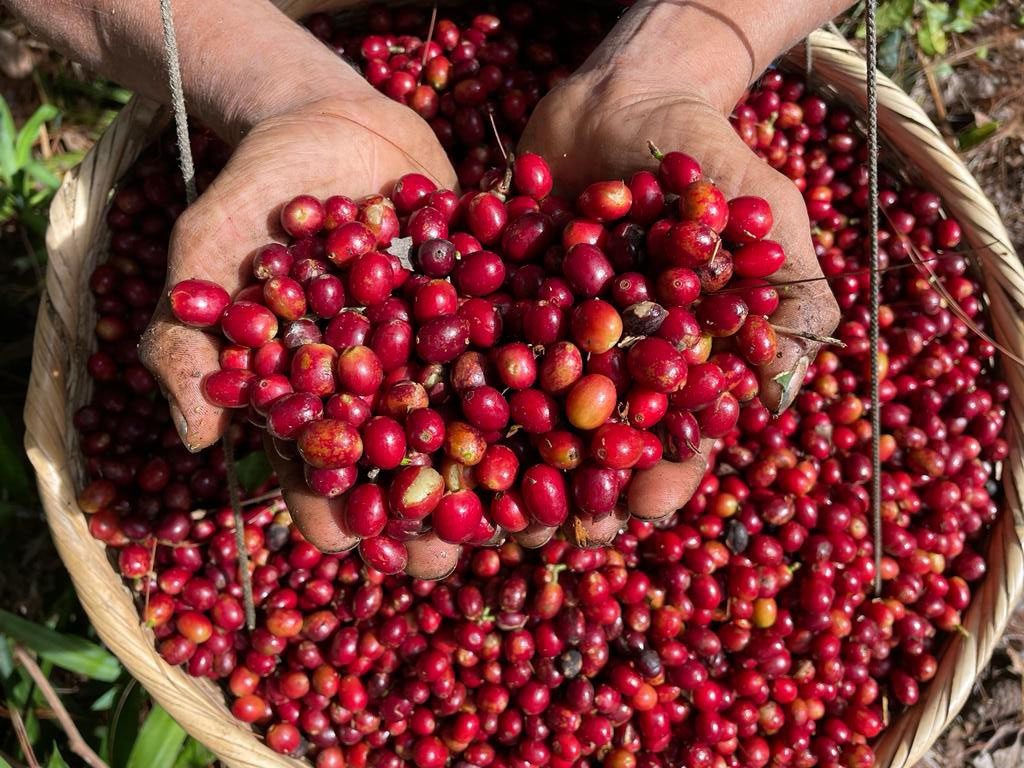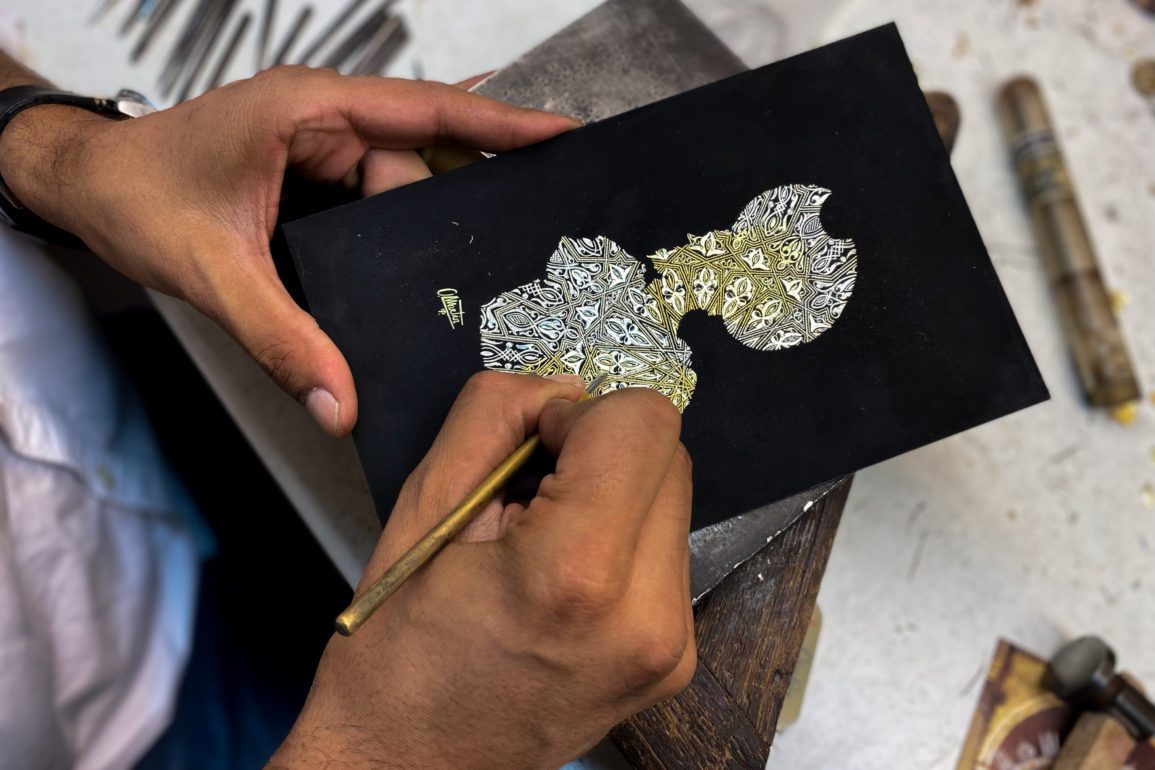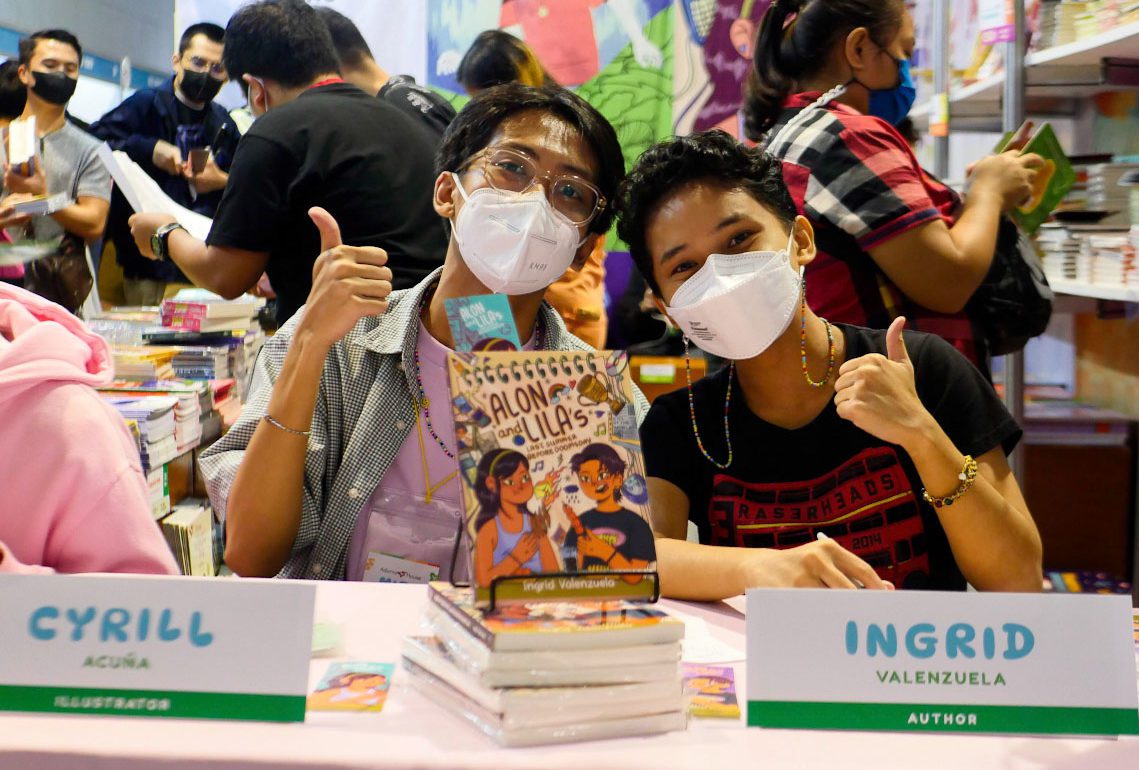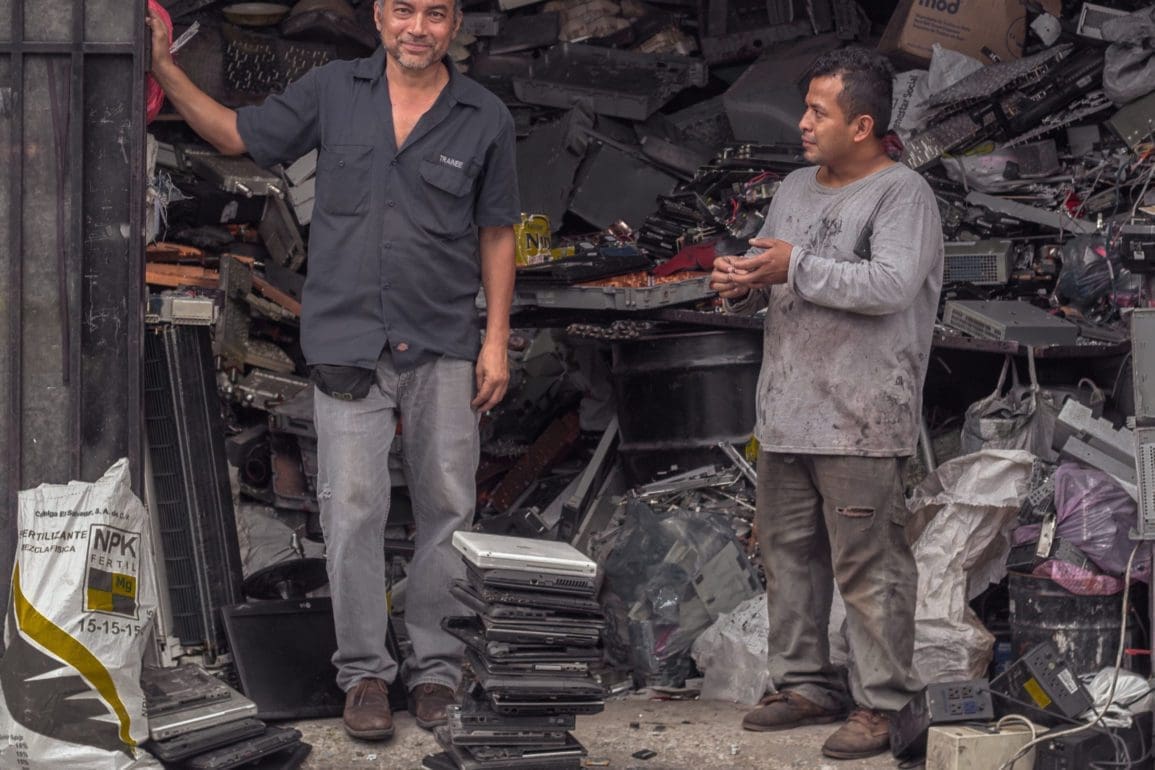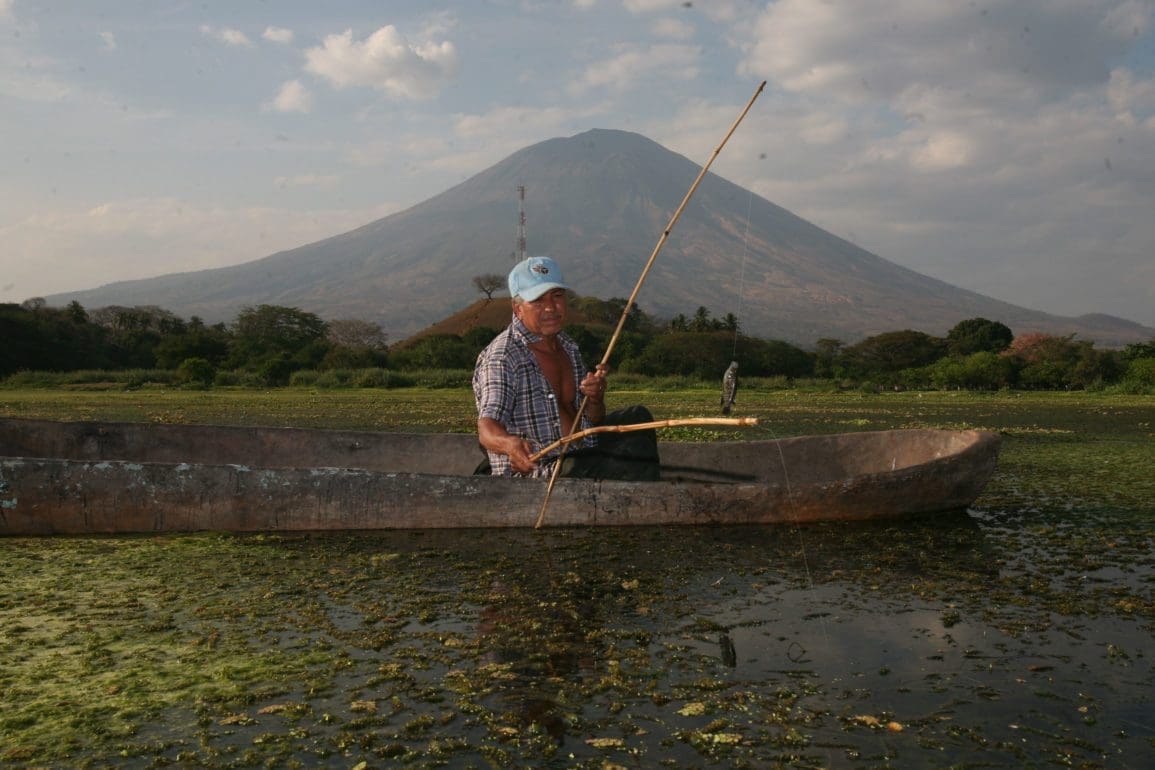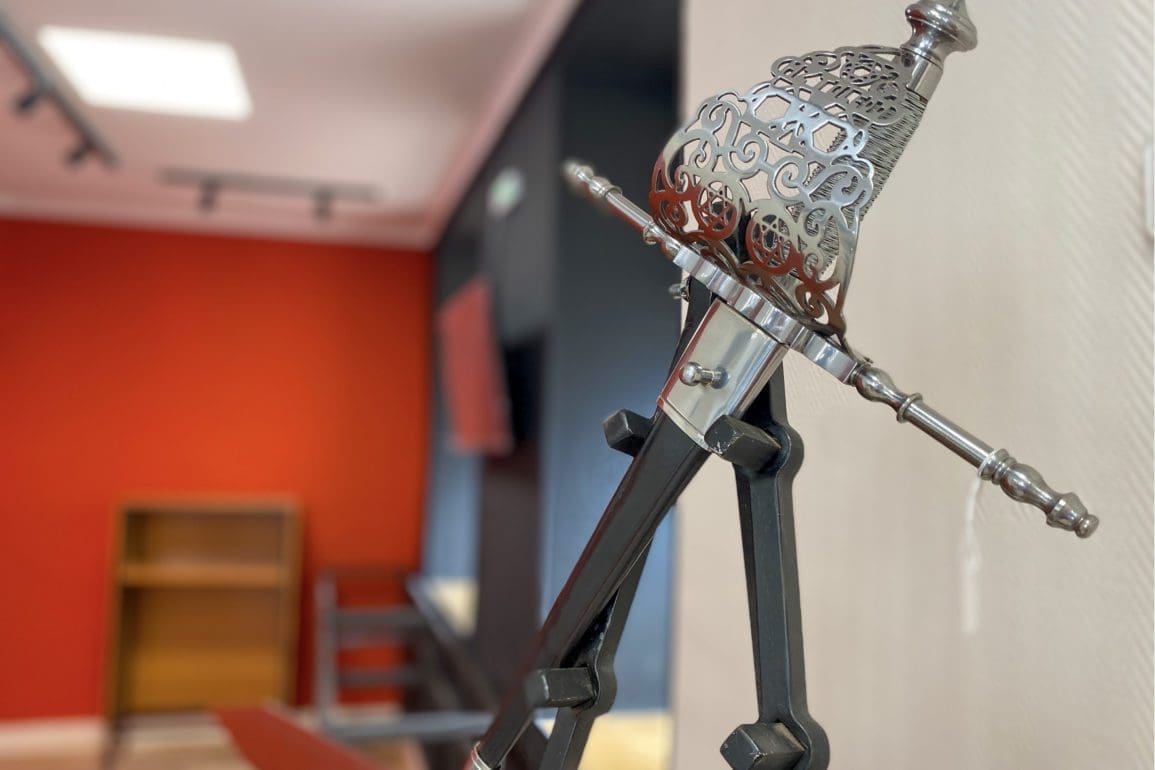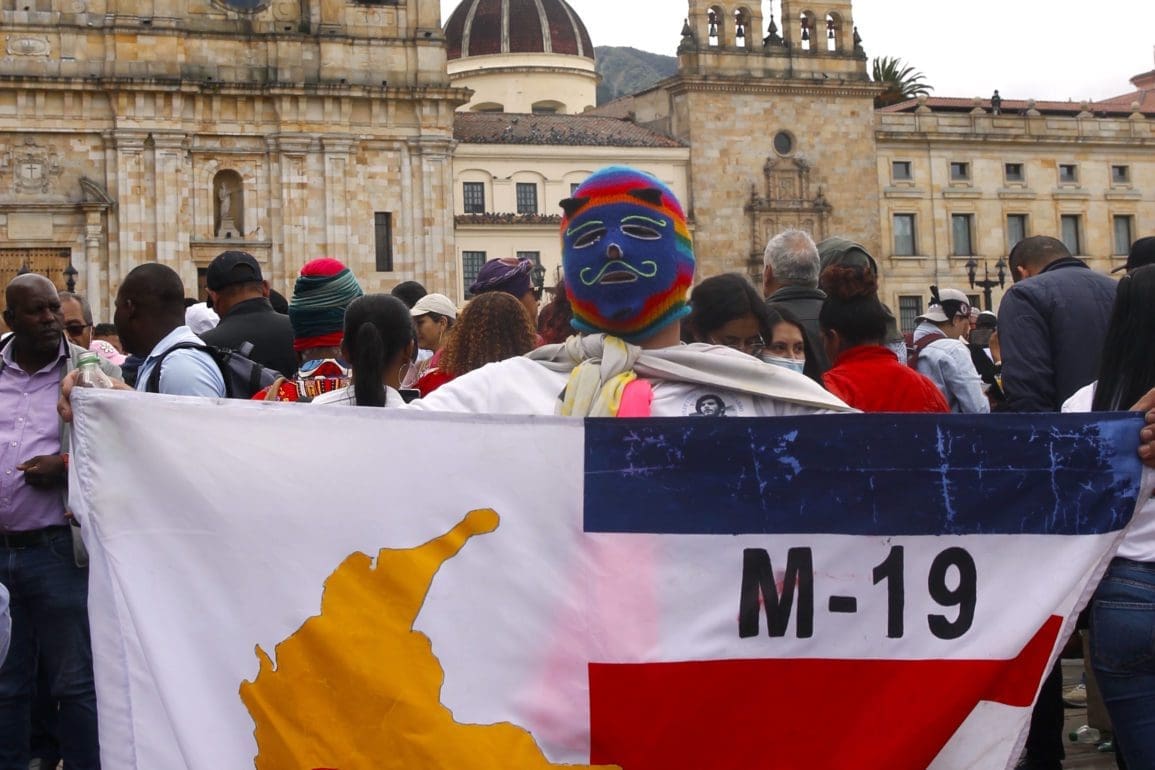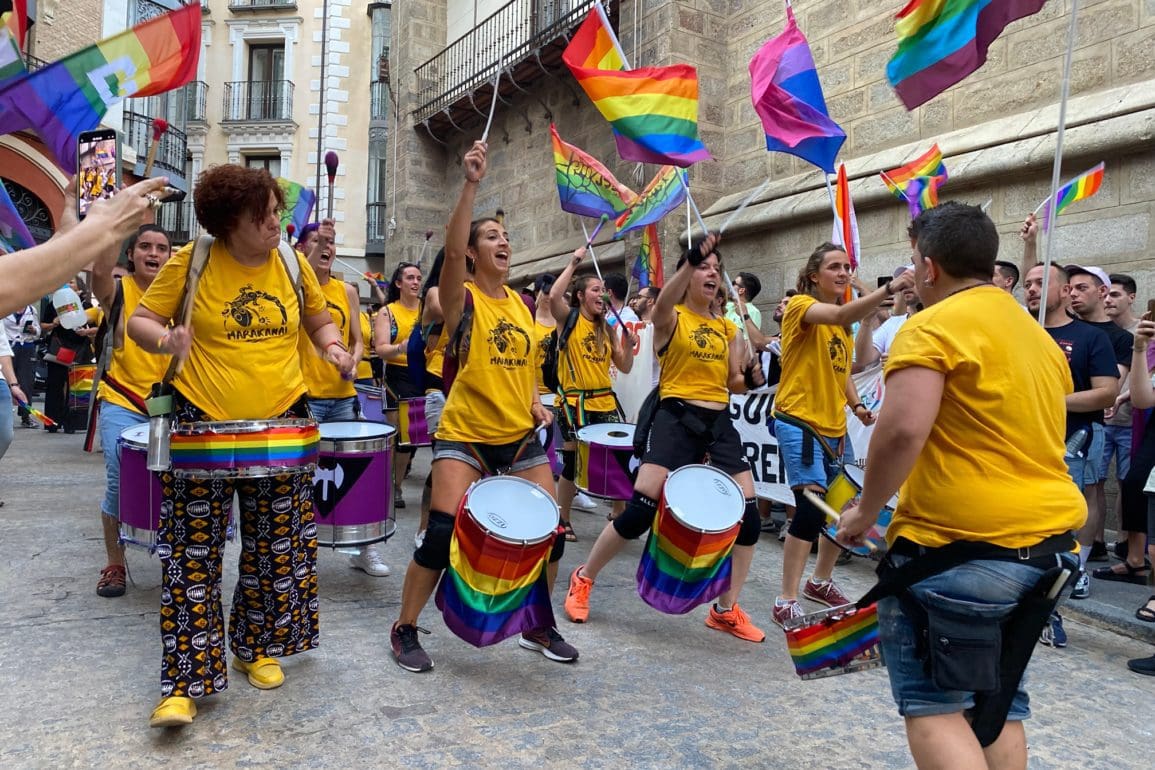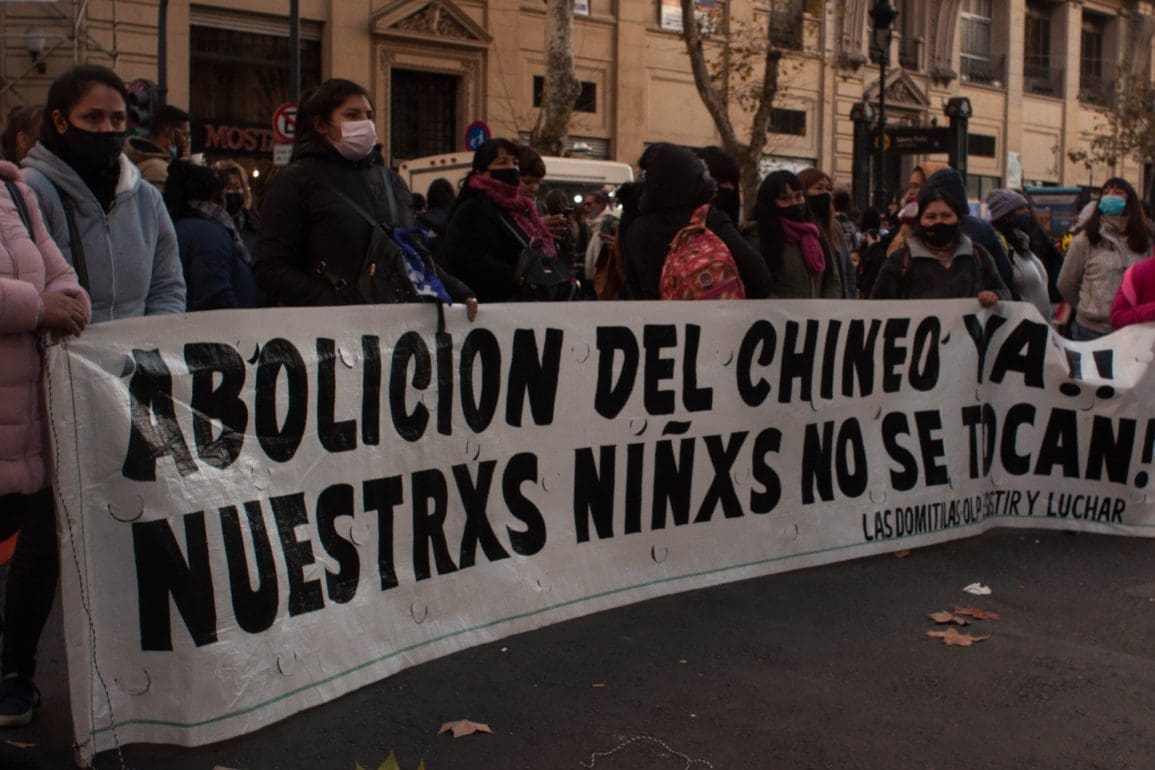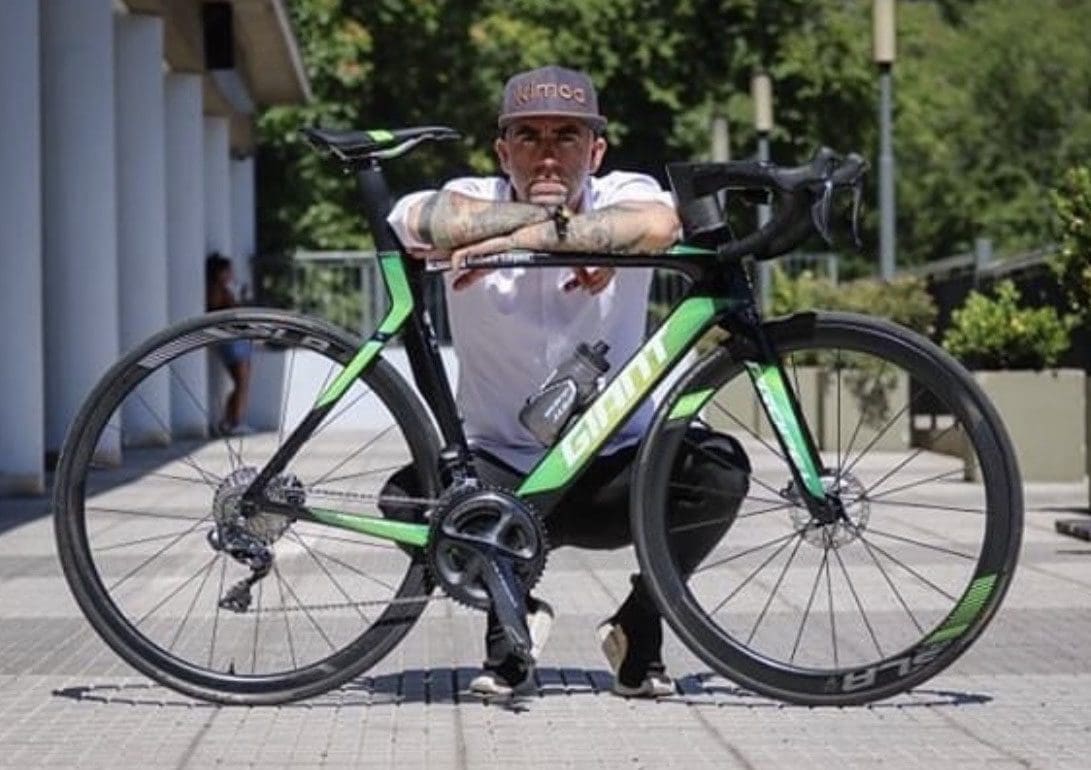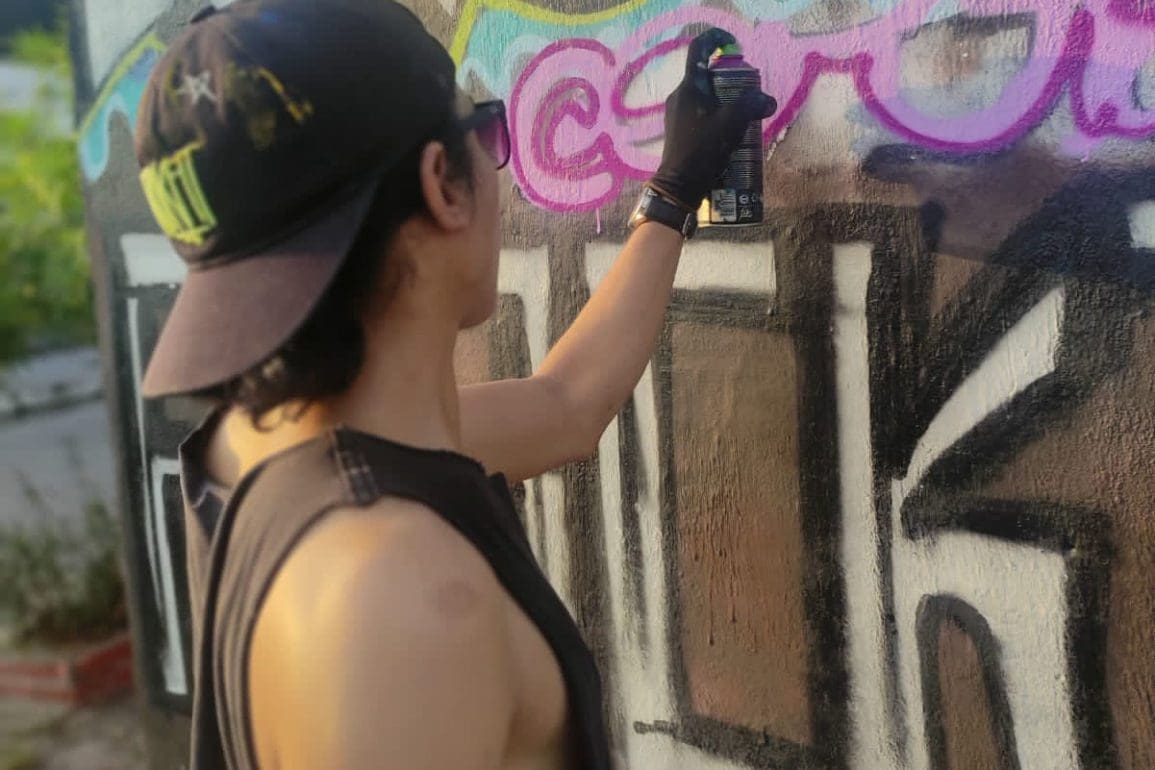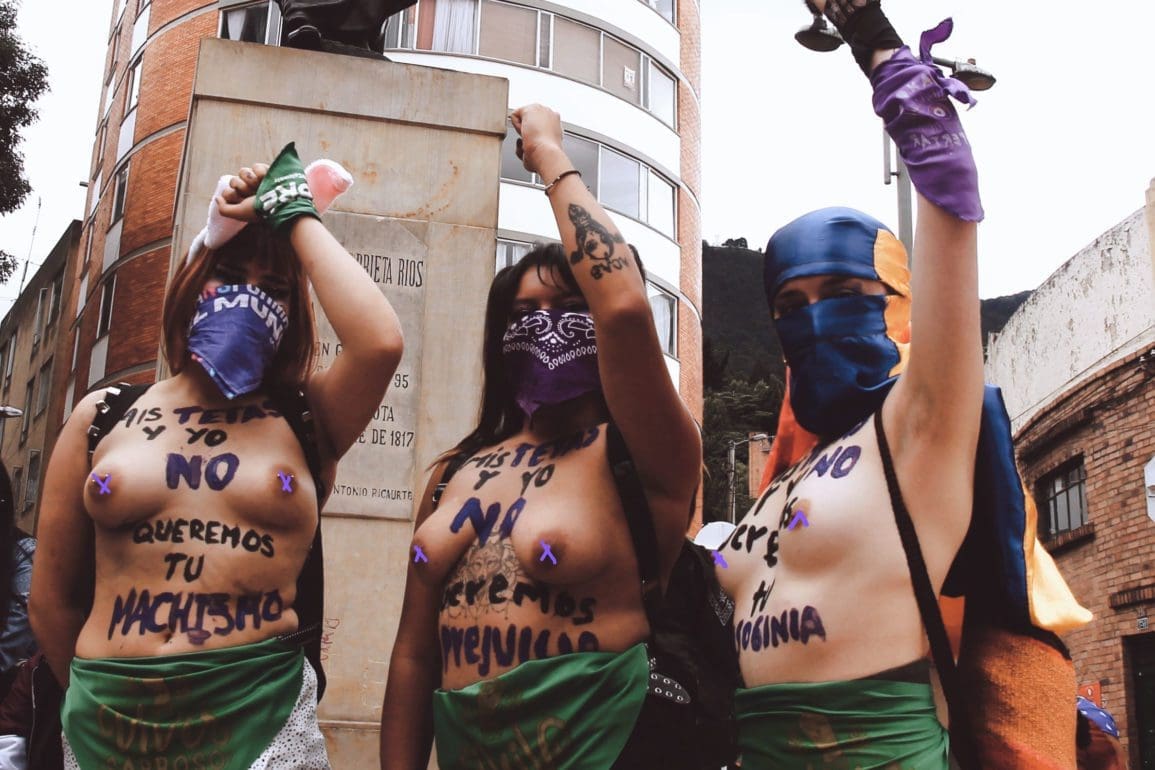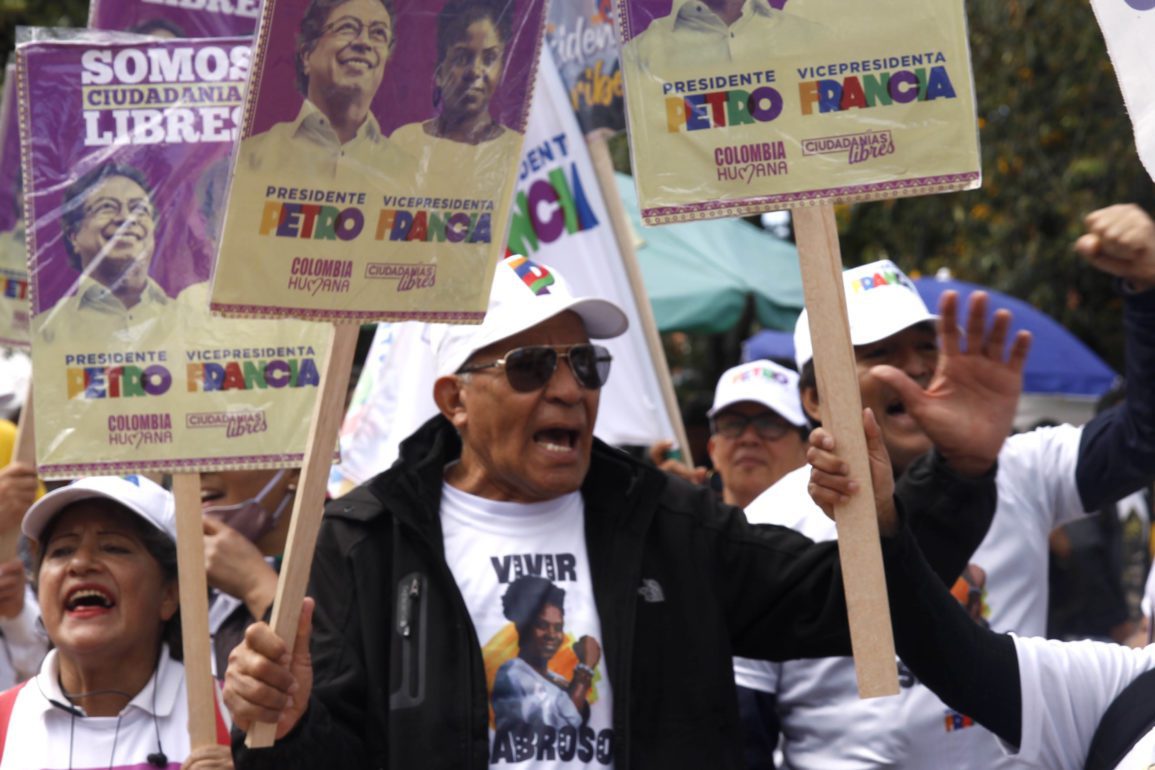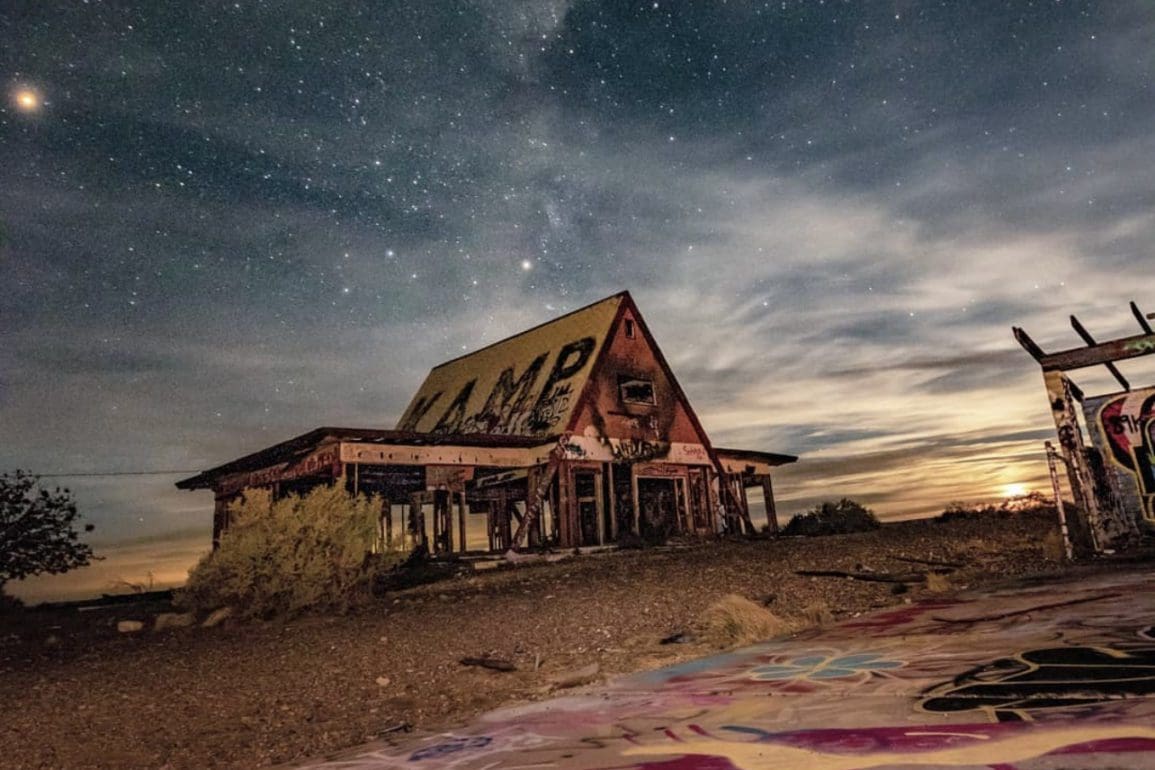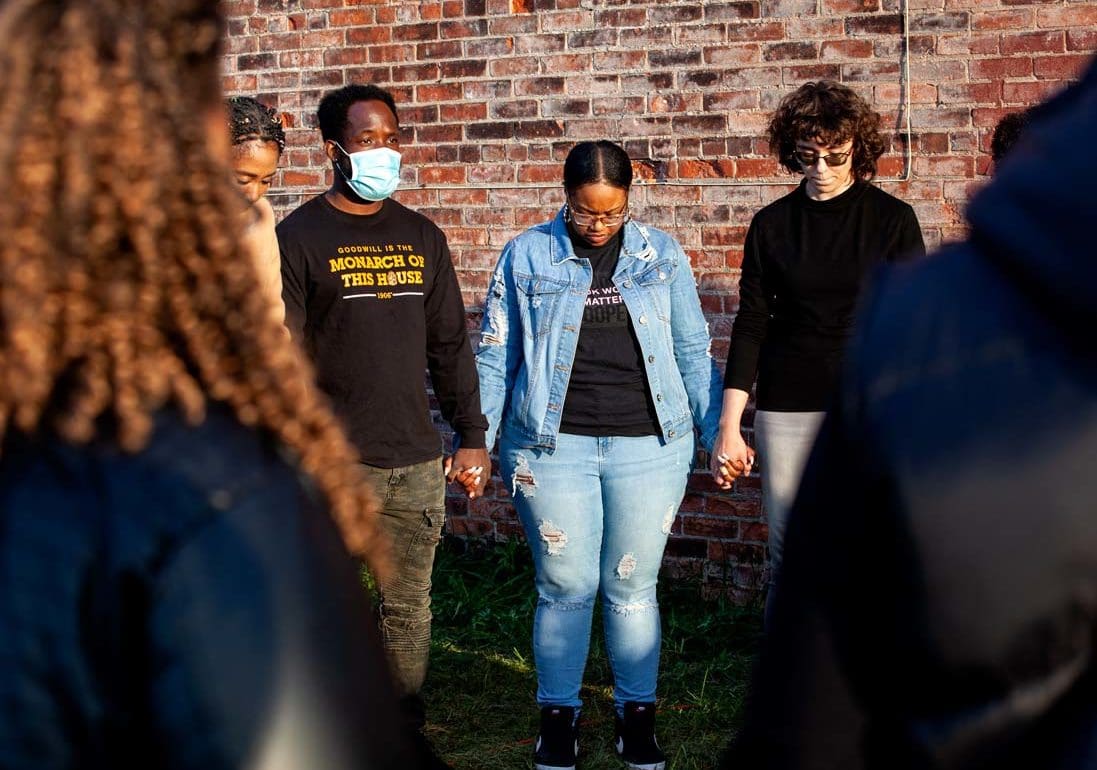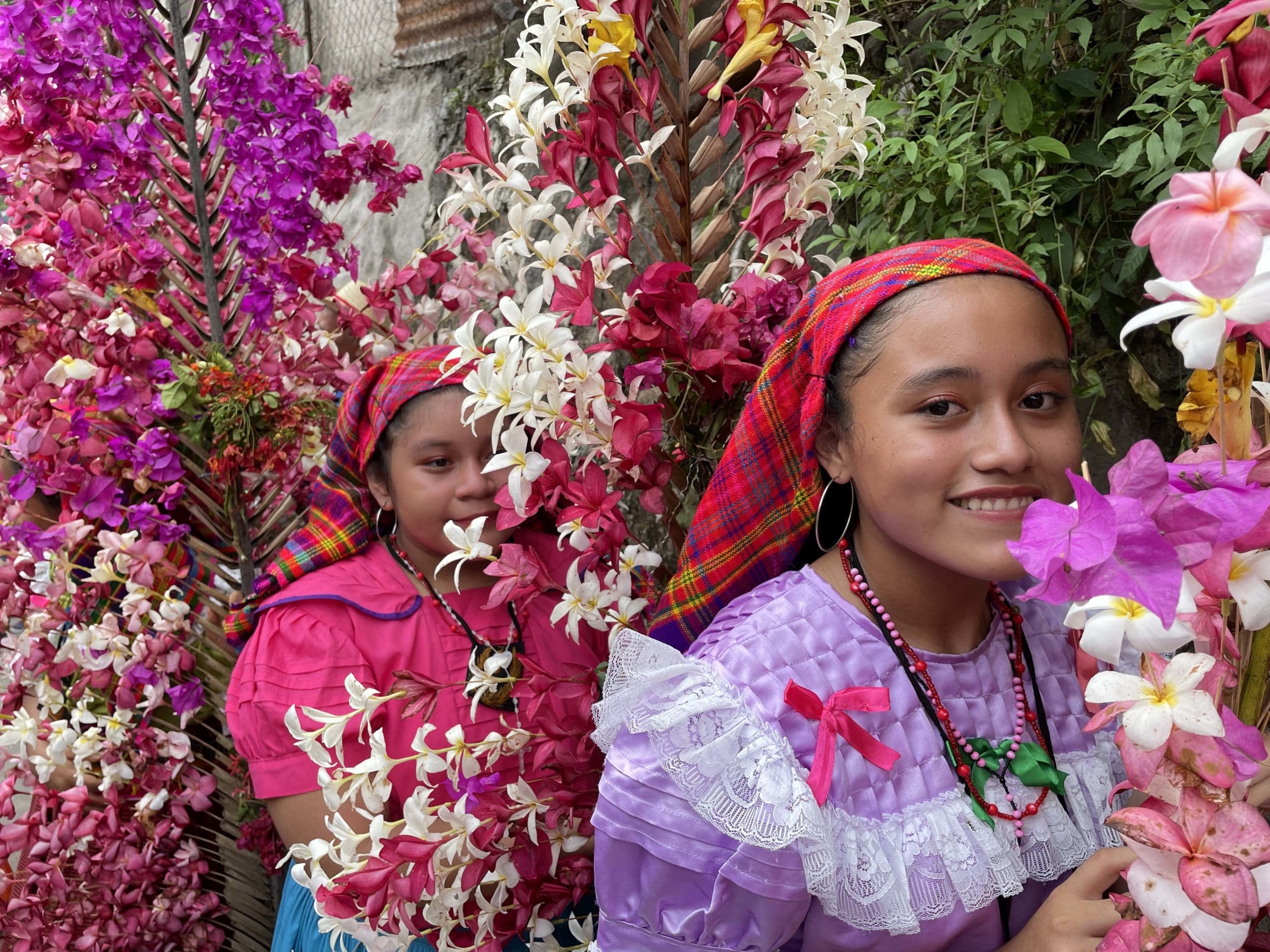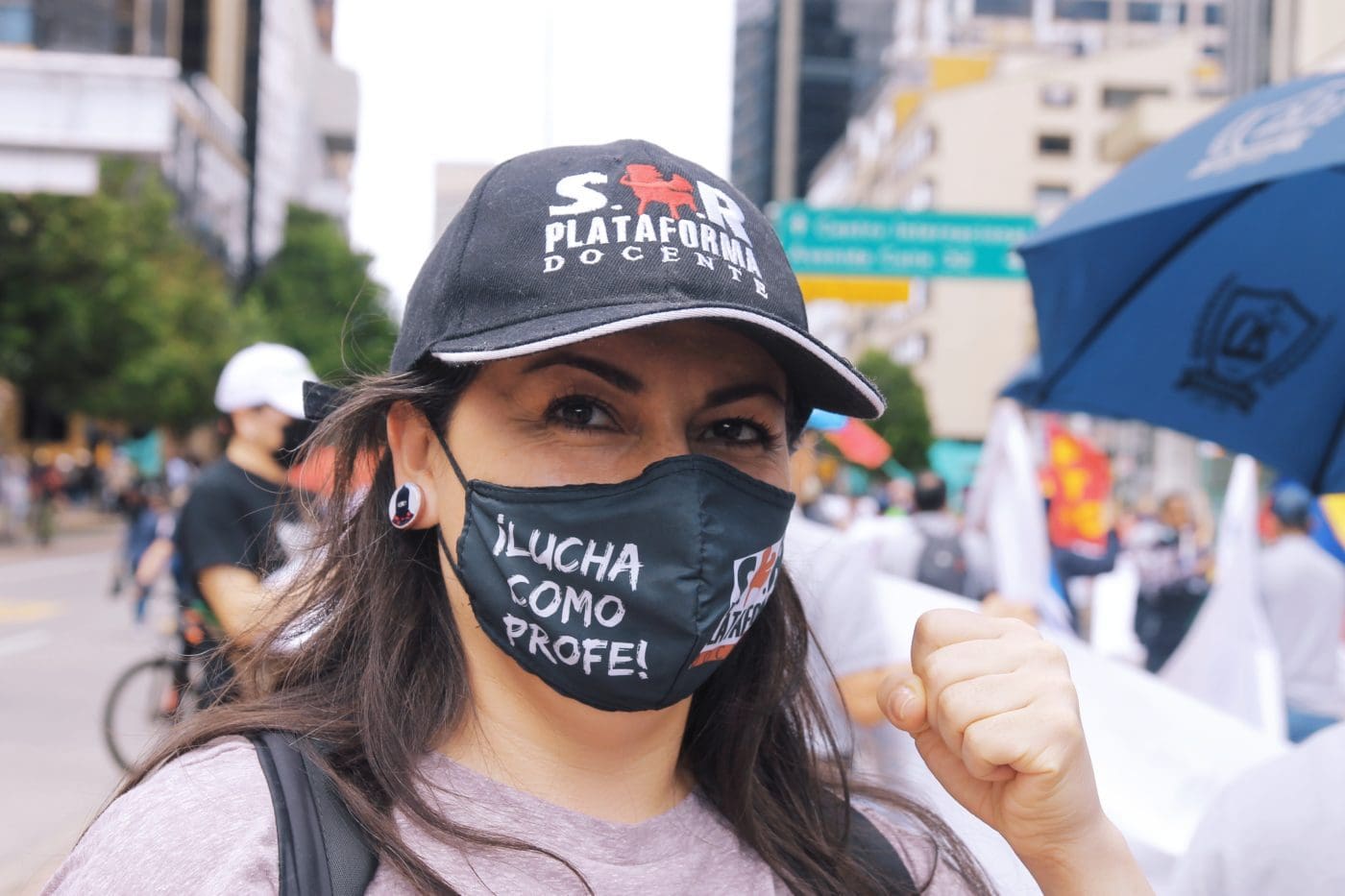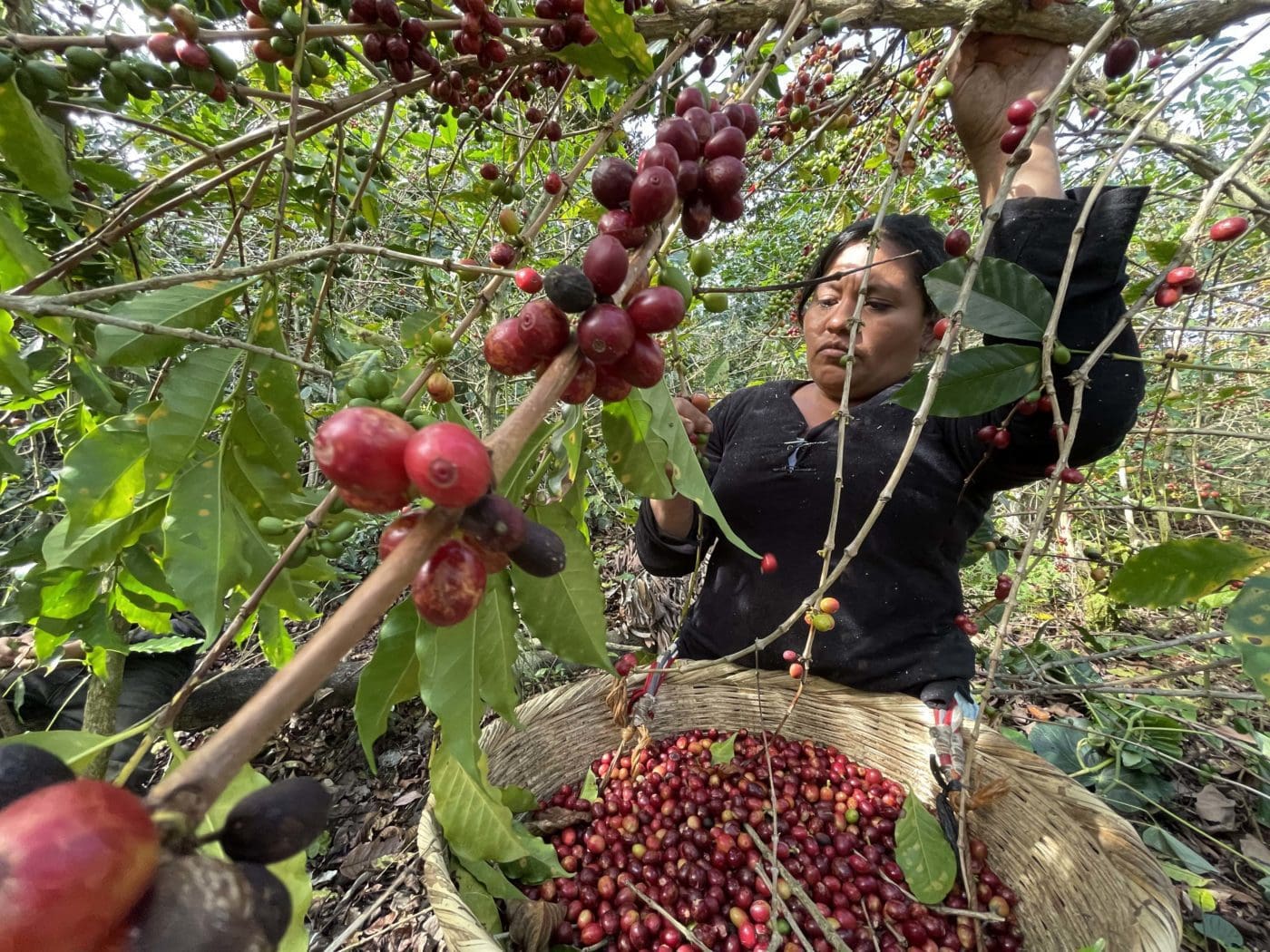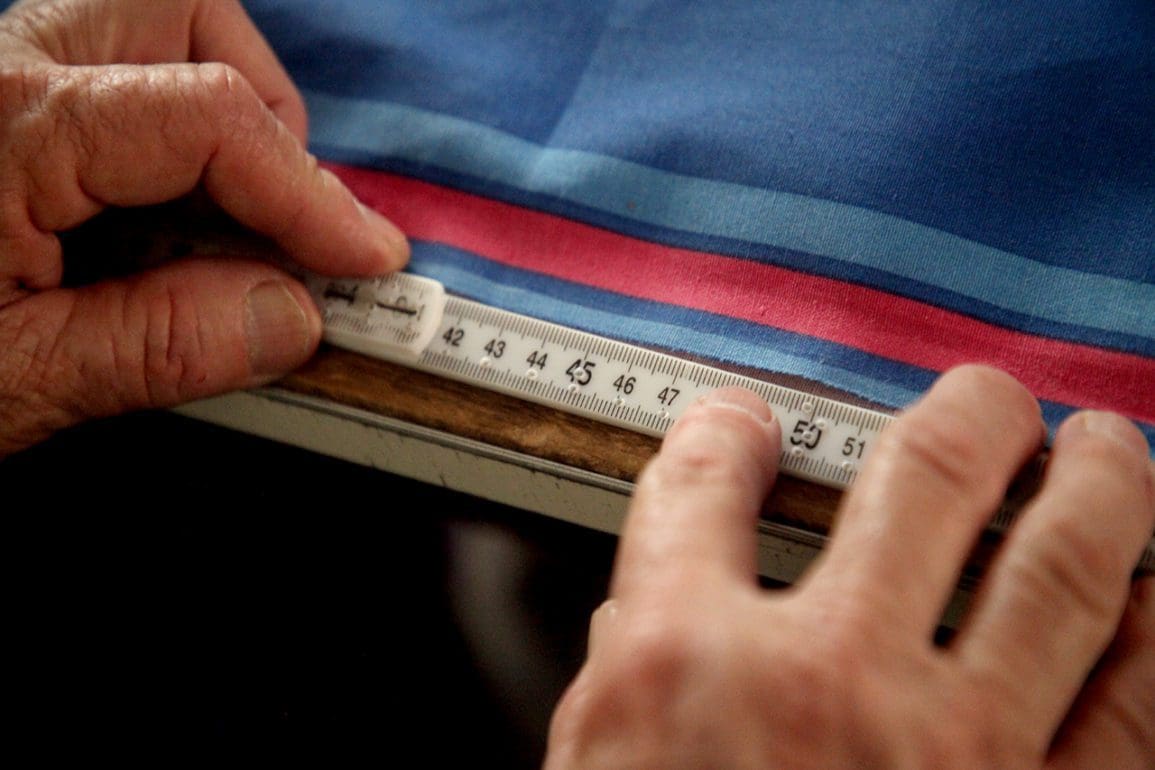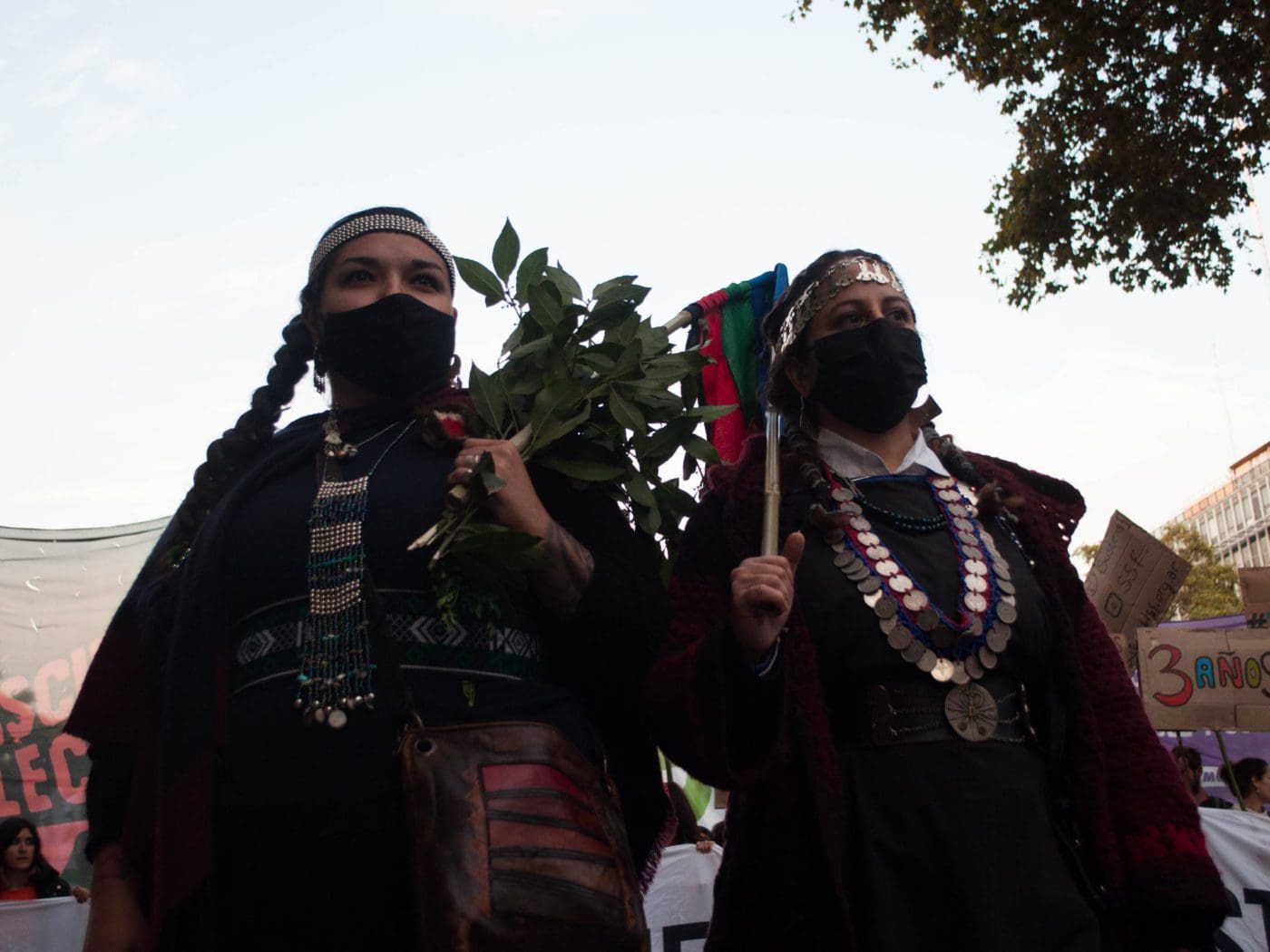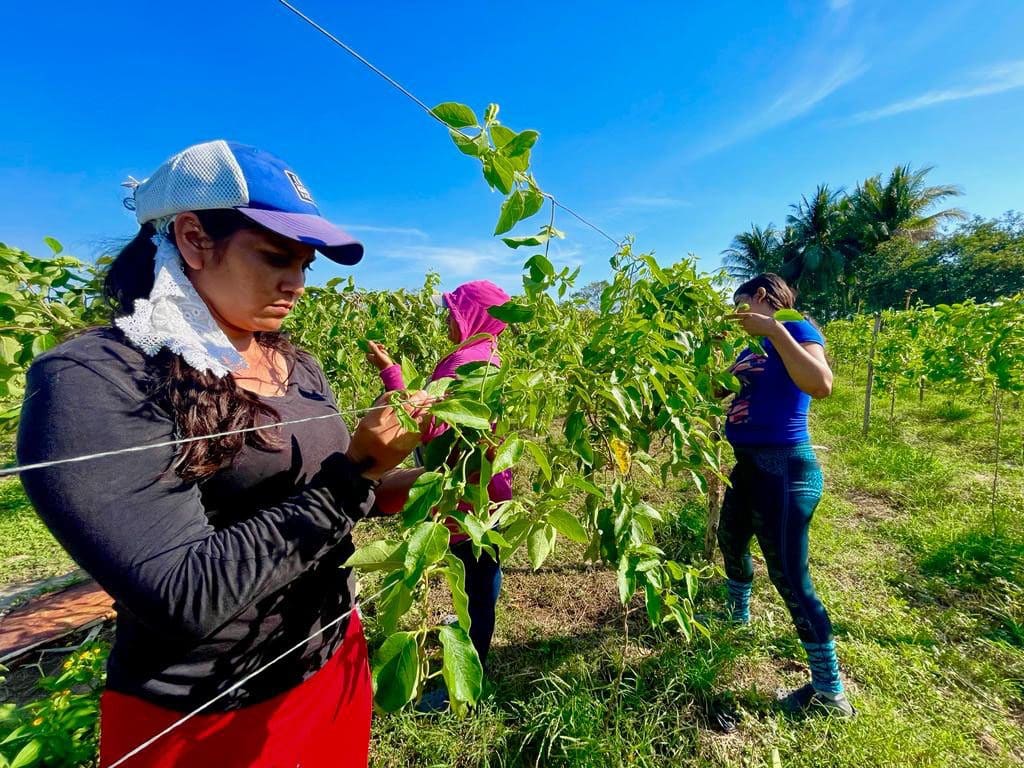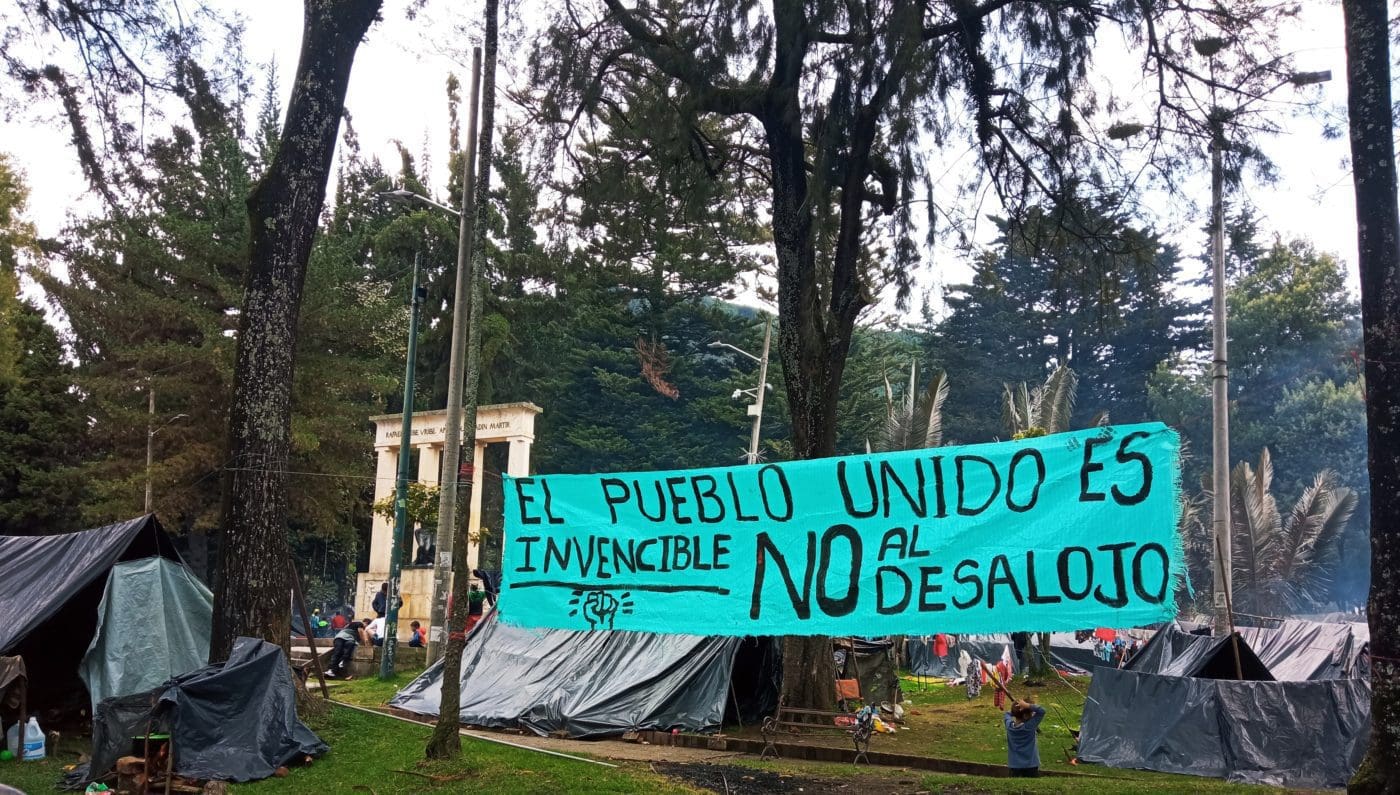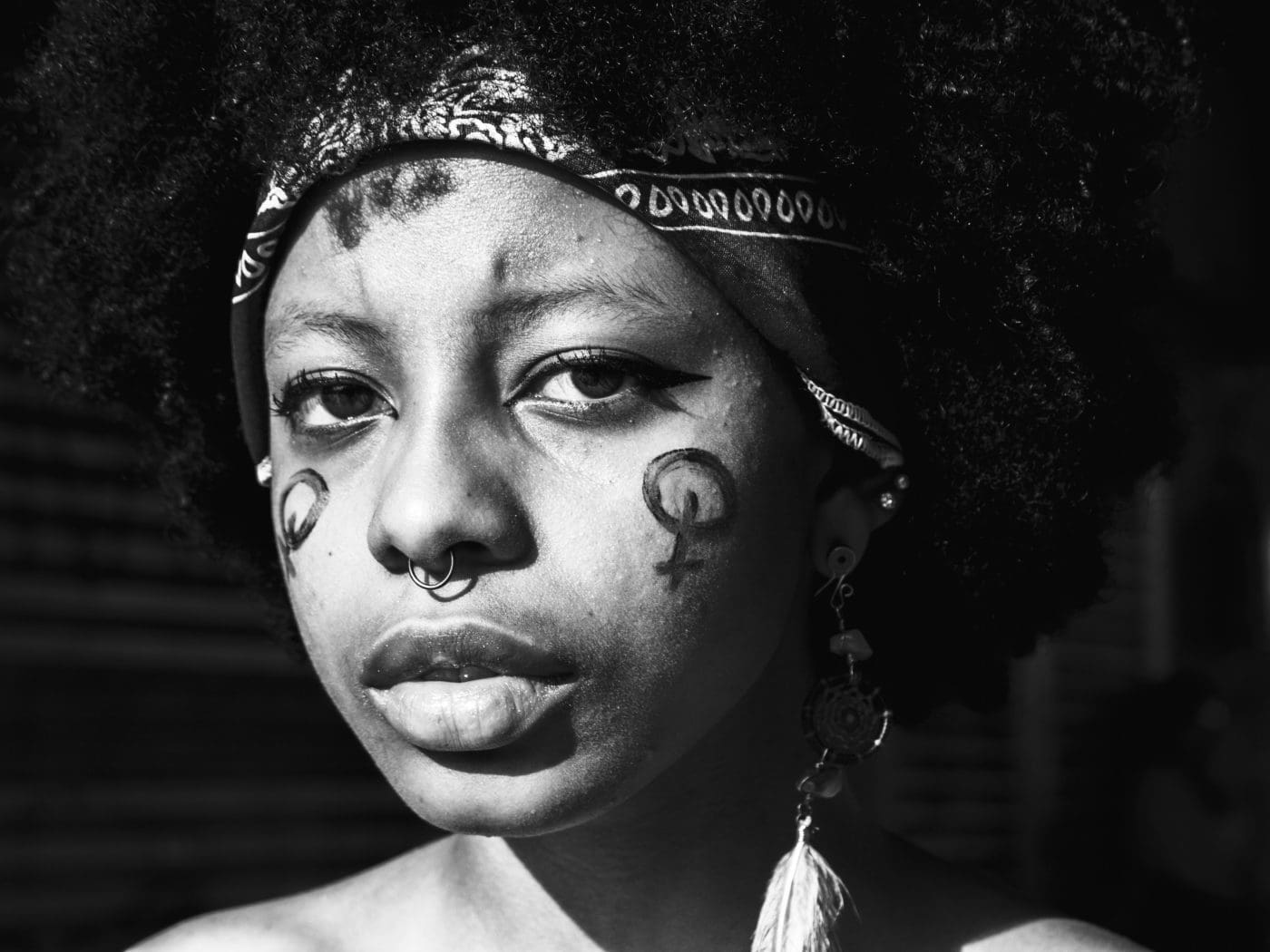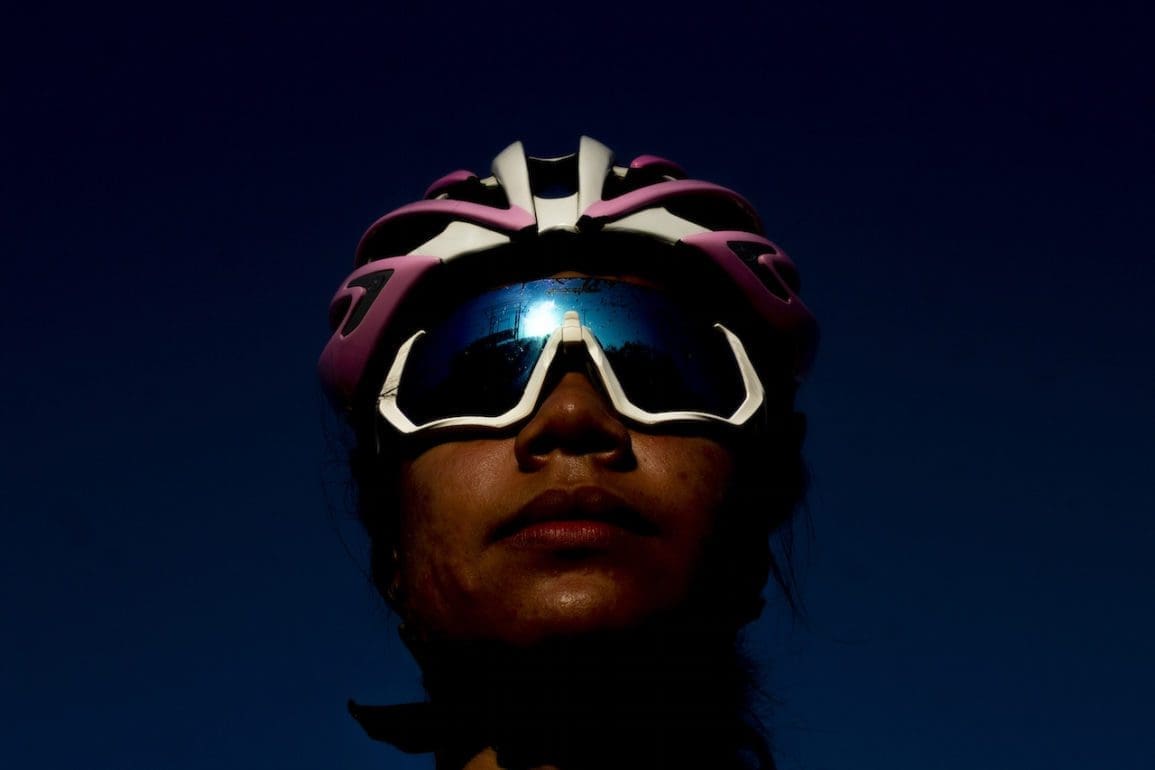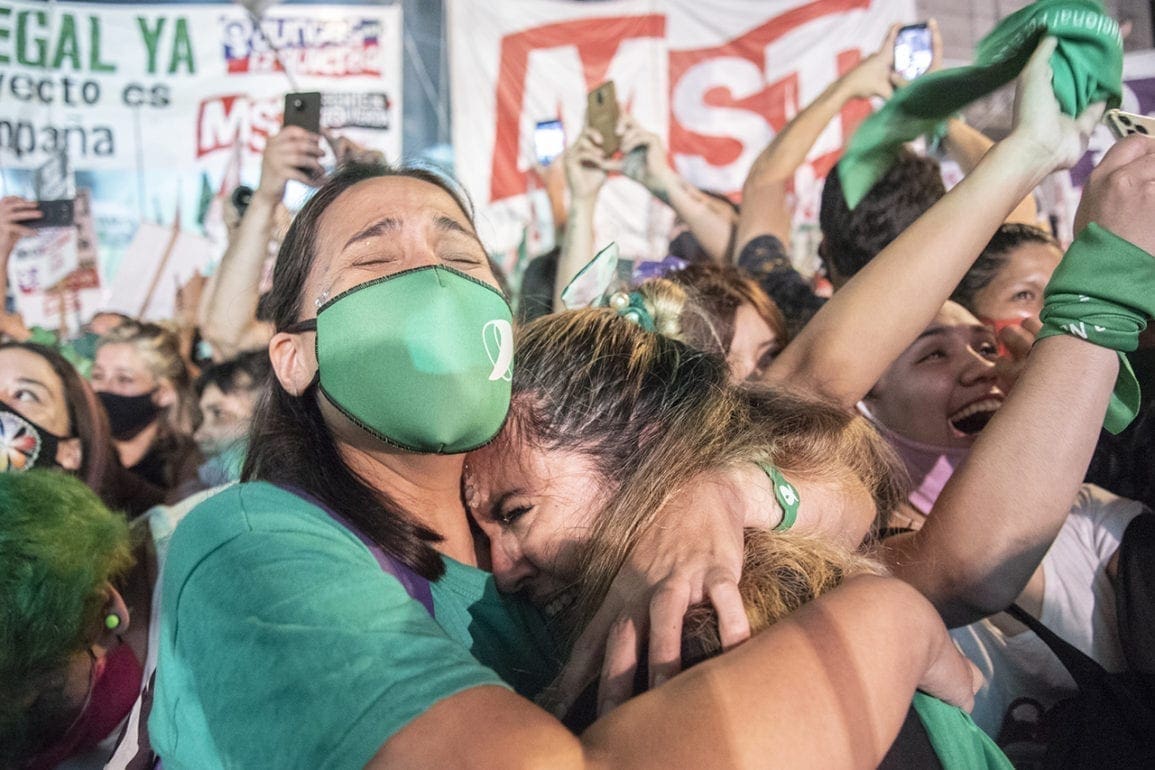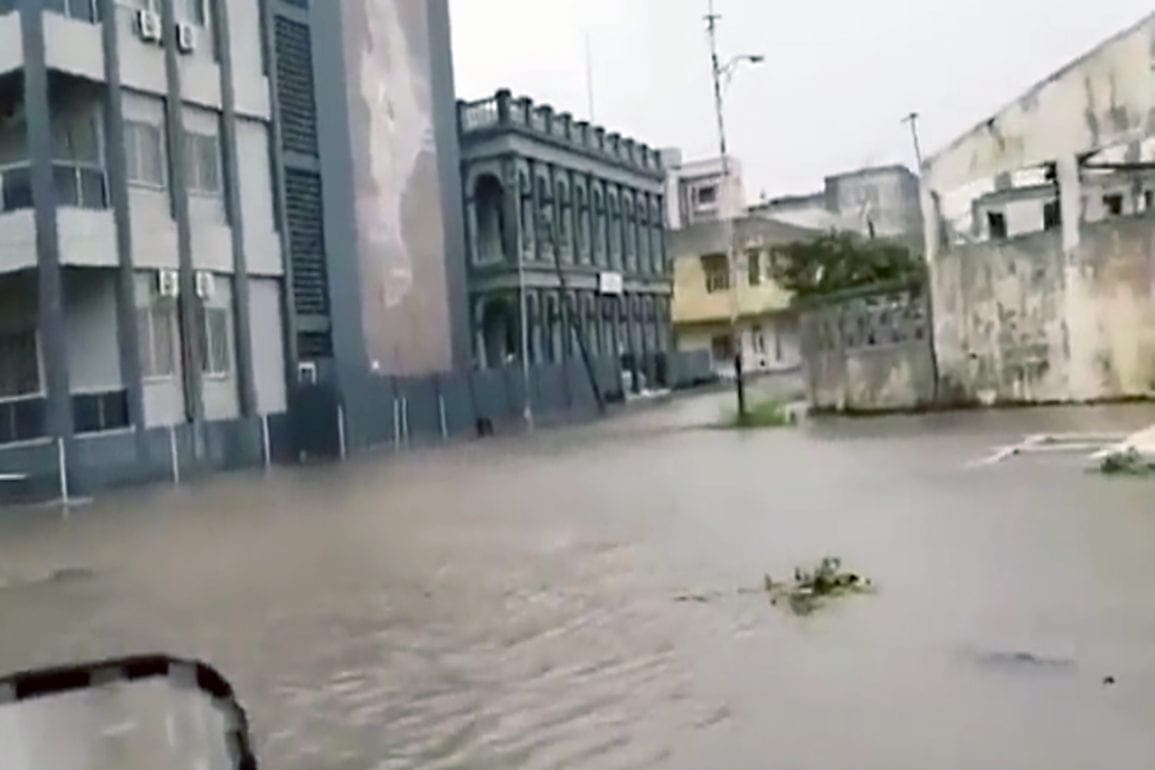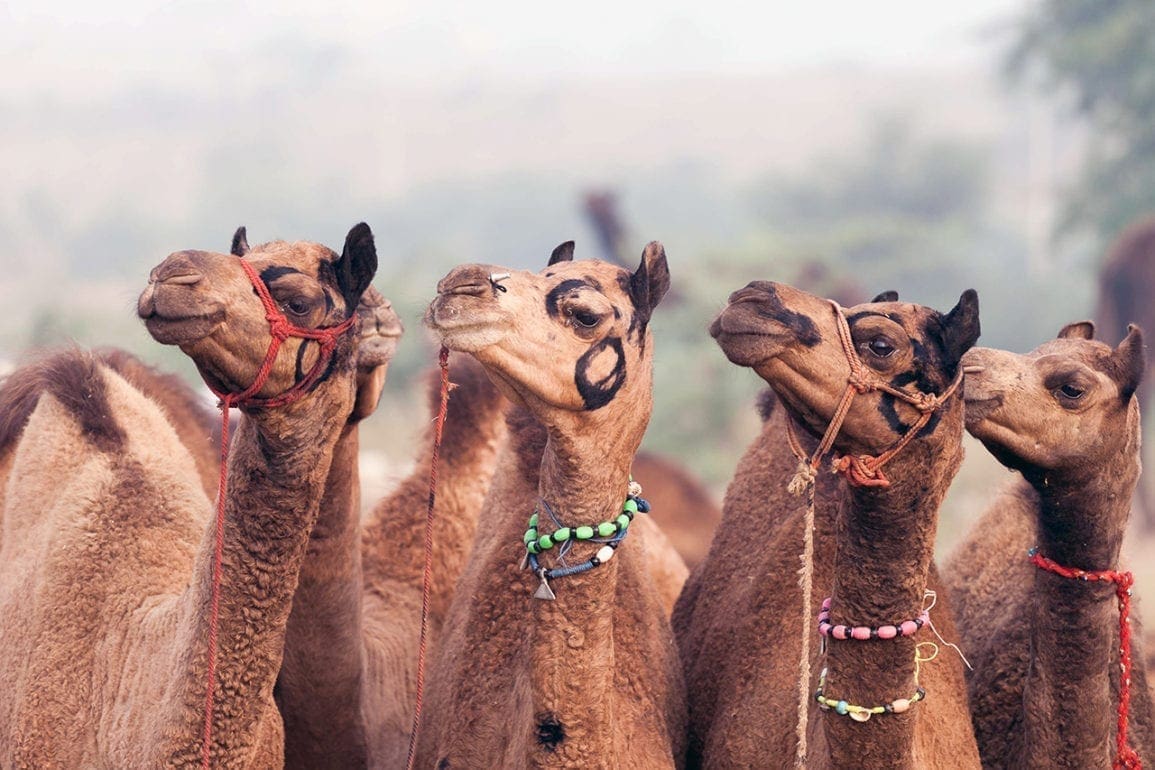Biologist fights wildlife trafficking, celebrates World Frog Day
I heard reports of people putting rare frogs in Kodak film rolls and transporting them elsewhere. Hundreds of poison dart frogs illegally traveled this way, with most arriving dead at their final destination due to lack of care and oxygen.
- 3 years ago
March 21, 2023
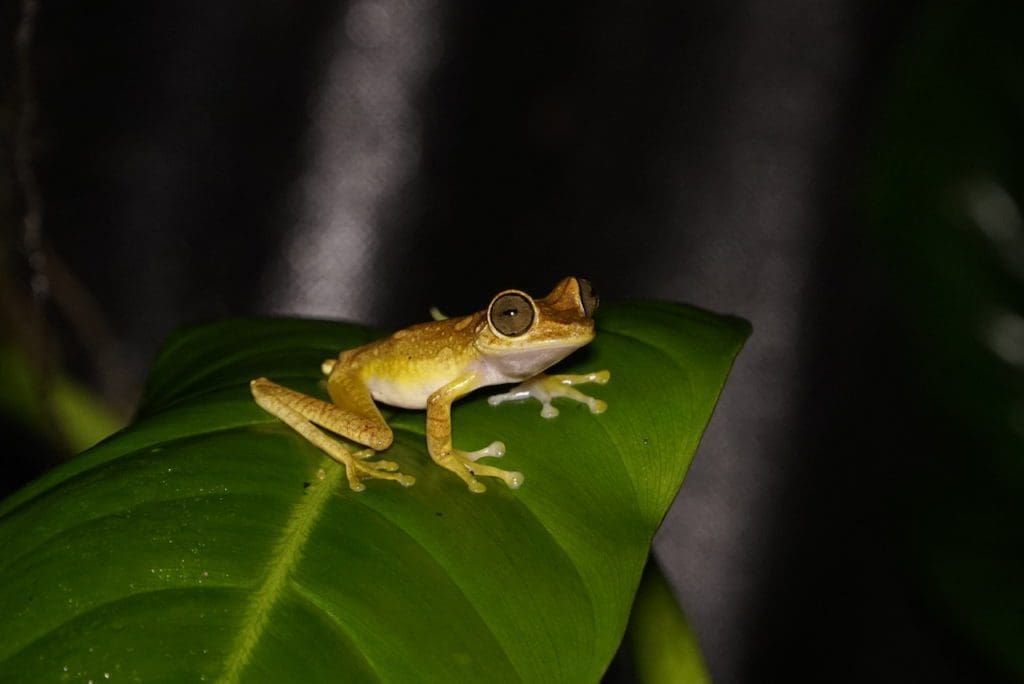

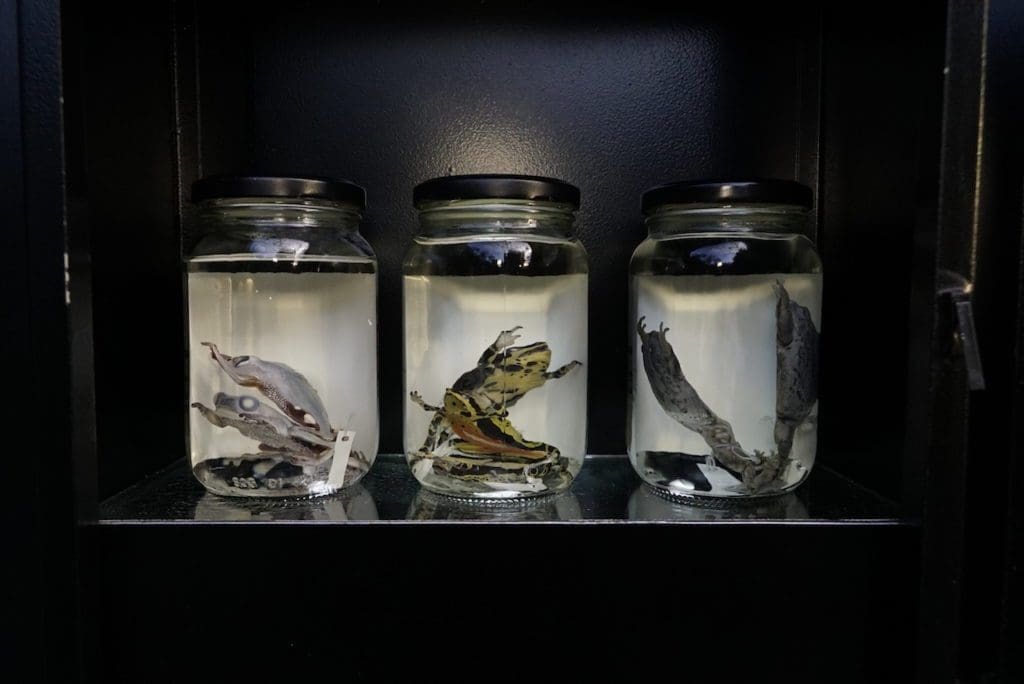
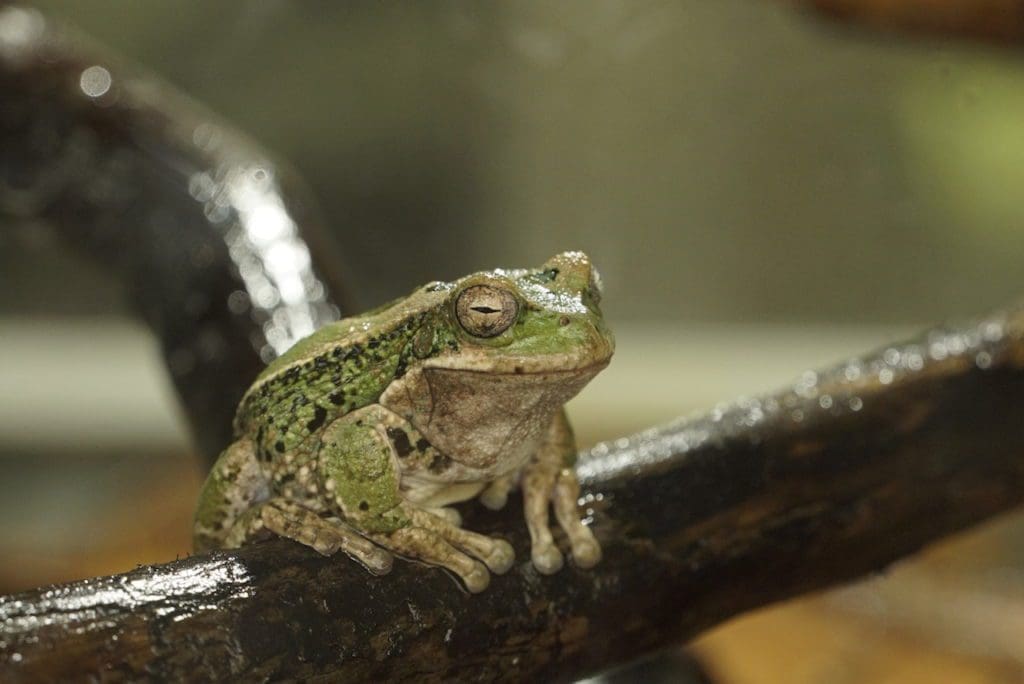
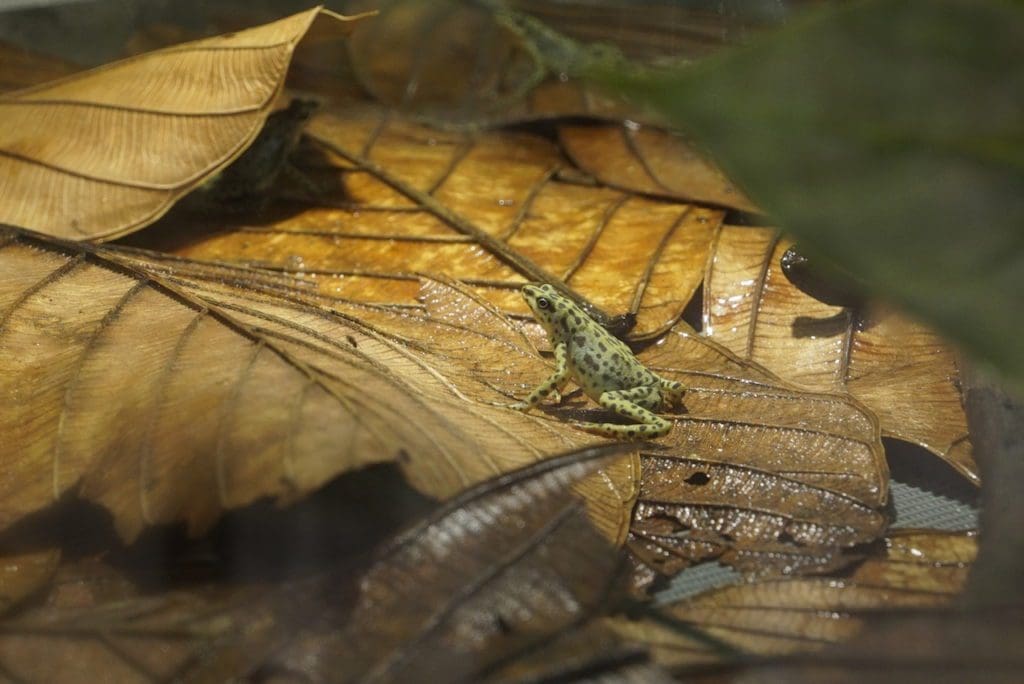
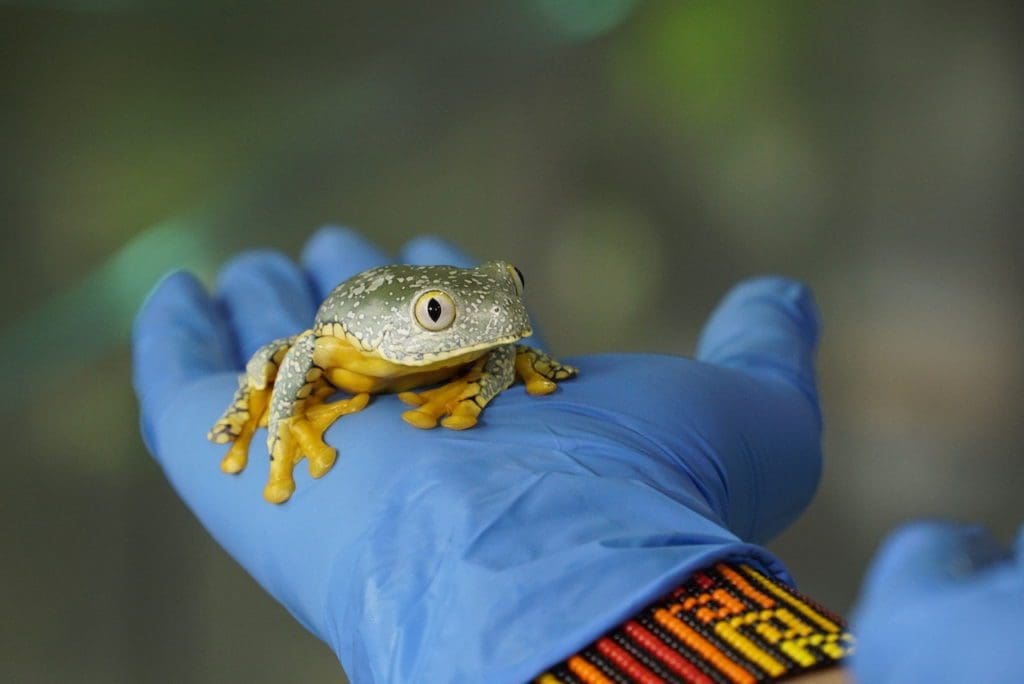
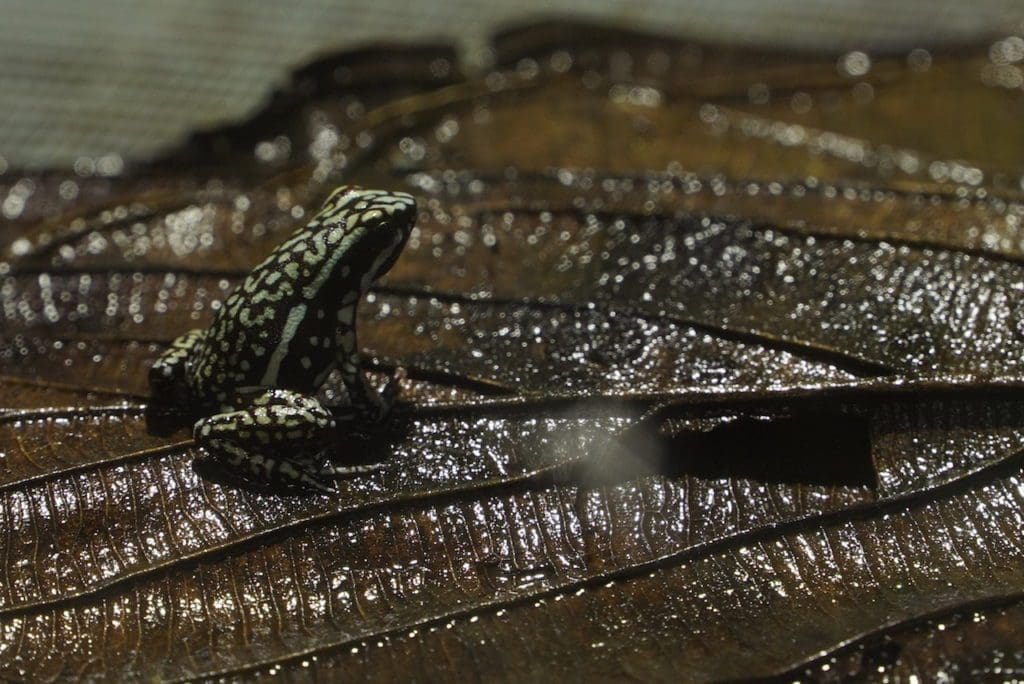
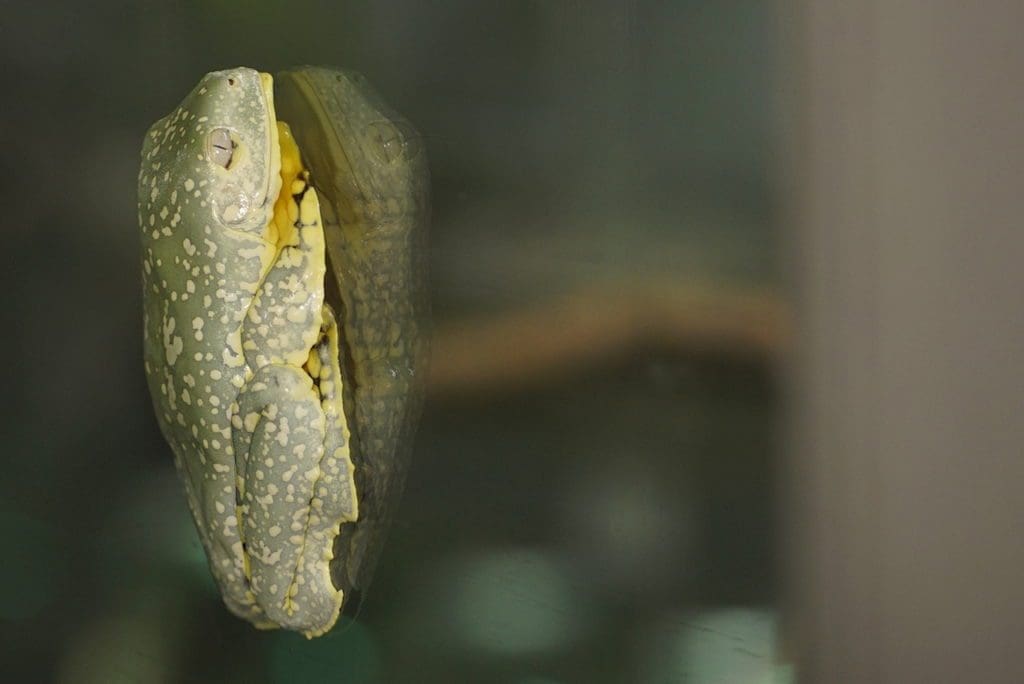
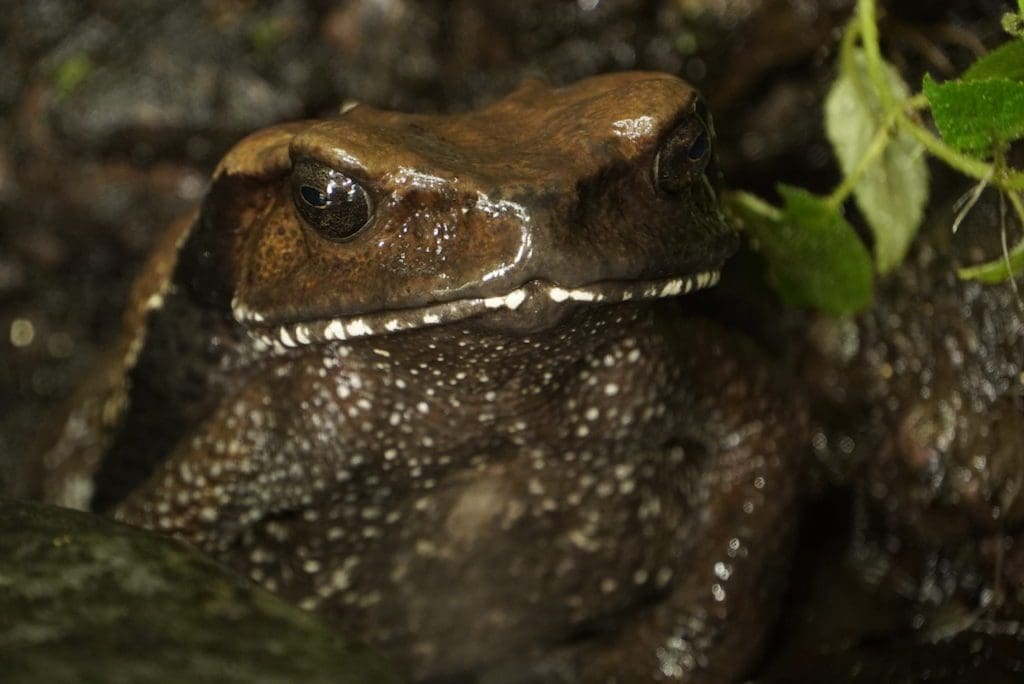
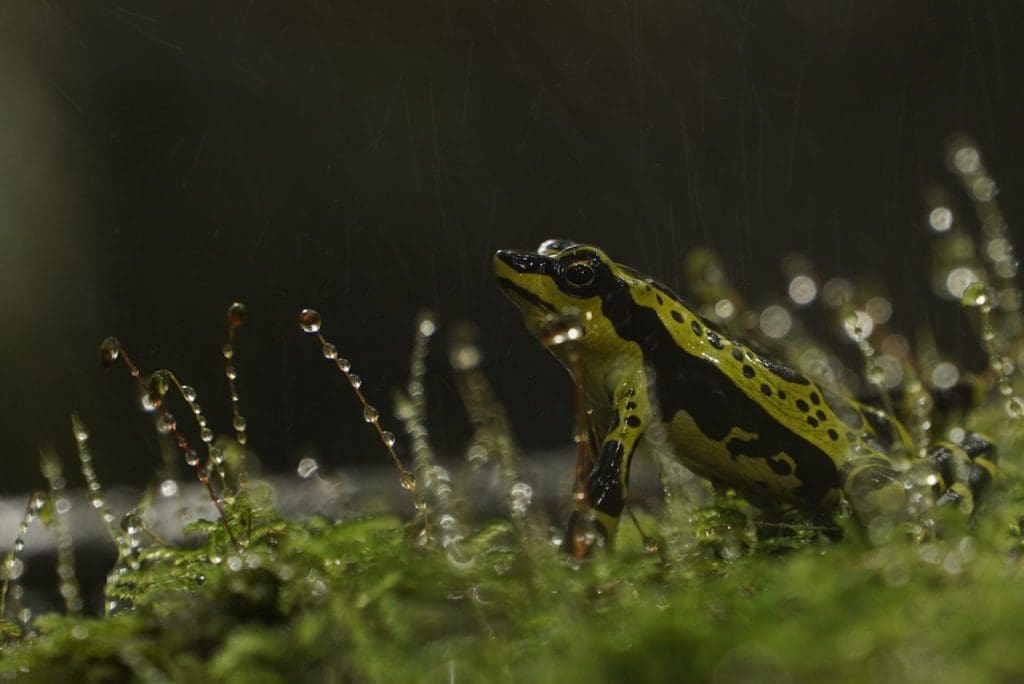

QUITO, Ecuador — I grew up in Ecuador, in the middle of the world. When I stumbled upon a puddle or small pond, I always saw Andean marsupial frog tadpoles swimming excitedly in the water. Slowly, as the years went by, their numbers decreased drastically. Once I realized extinction threatened this species, I felt desperate to help.
Through our work at the Wikiri Sapoparque museum, we discovered a way to reproduce rare species in our lab to fight against their extinction. I feel amazed at what we have been able to create.
Read more stories from Ecuador at Orato World Media
Frogs face extinction due to illegal trafficking
Since my early childhood, nature felt sacred to me. I loved to feel connected to my surroundings and being outdoors made me feel serene. As I got older, I felt a strong urgency to work directly for the environment. As a biology student, I got to see the anatomy of the coastal toad. As soon as I held it in my hands, the toad urinated. It happened to our entire class, and I remember sitting in complete disbelief. Part of me wanted to laugh, but I also felt scared it would give me warts. I eventually learned this was just a myth.
Often, people stay away from frogs or toads out of fear they will get some sort of infection or virus. Since I started working at Wikiri Sapo Parque, educating people on these matters remains one of our main objectives. We aim to bring people closer to amphibians by showing what wonderful, harmless creatures they can be. Toads are incredible creatures that come in a diversity of colors, shapes, and smells. Even those of us who study them still struggle to identify some of them.
In Ecuador and its surrounding regions, illegal species trafficking happens very frequently. I heard reports of people putting rare frogs in Kodak film rolls and transporting them elsewhere. Hundreds of poison dart frogs illegally traveled this way, with most arriving dead at their final destination due to lack of care and oxygen. As long as there continues to be a demand for rare frogs, illegal trafficking will remain an issue.
Reproducing frogs directly out of a laboratory
At Wikiri, we looked for a solution to stop the endangerment of amphibians. We found a way to reproduce species of frogs in our laboratories. We then sell the frogs to institutions that need them. Our aim is to put poachers out of business. In addition, the money we generate from the sales go directly into amphibian research and conservation. We successfully grew backups of every critically endangered species in our labs through reproduction formulas. The results are incredible. So far, we reproduced seven of the 15 species at risk.
The first toad we ever used for assisted reproduction was the Blomberg Giant Toad, the largest in Ecuador. Another was the Lemon Harlequin Frog, a new species we plan to slowly reintroduce into the wild. We also rediscovered the Jambato frog, a species we assumed was already extinct. Now, we can reproduce it and bring it back to life. Each new case gives us more hope for the future. One of my favorite frogs is the Cruziohila Craspedopus. It looks like it comes from another world entirely. It always amazes me every time I see one. They tend to be super slow, with long extended legs that allow it to blend into tree leaves. When you grab one, it hugs your finger. Its skin also secretes a substance that could potentially serve as medicine.
We discovered that amphibians may contain properties to help fight bacteria. They could help make new antibiotics and antifungals. Frog extinction not only presents a negative impact on our ecosystem, but also destroys our chances at finding stronger healing methods. We need to keep them safe to ensure a positive future for everyone. While some species can never be brought back, we aim to preserve the ones we do have.





















